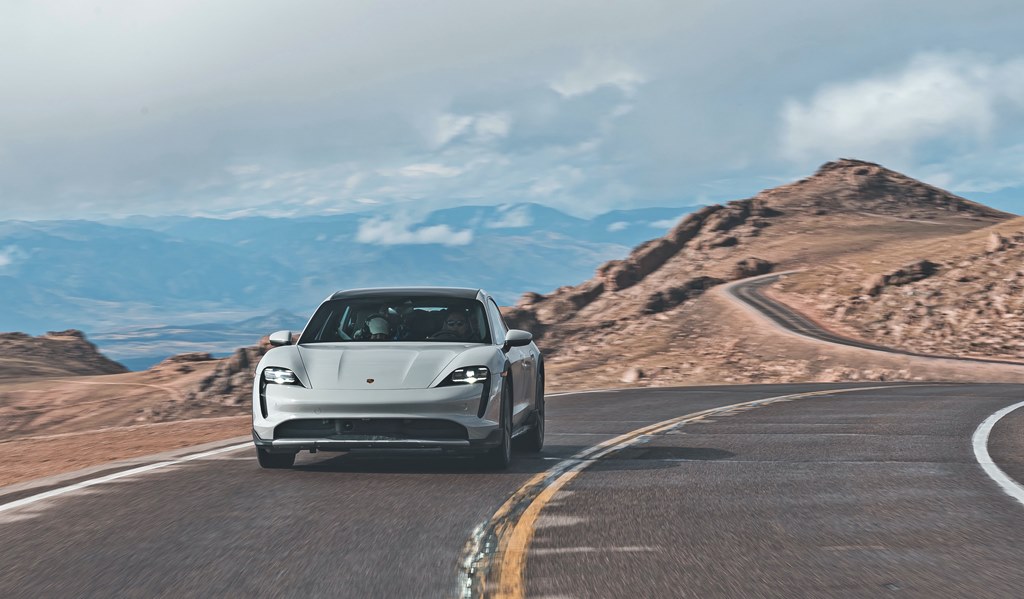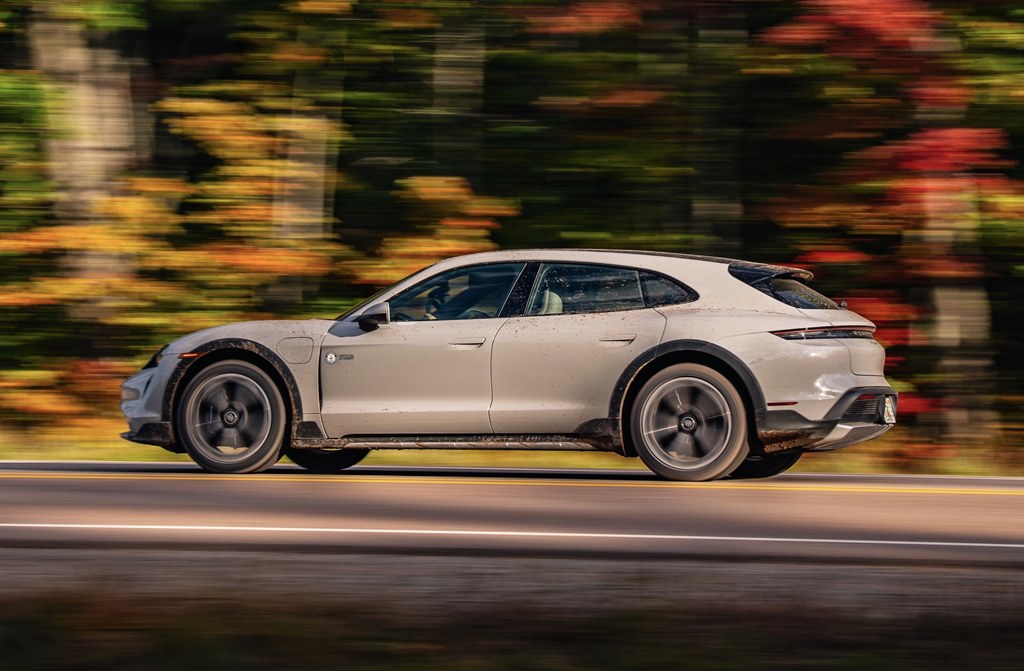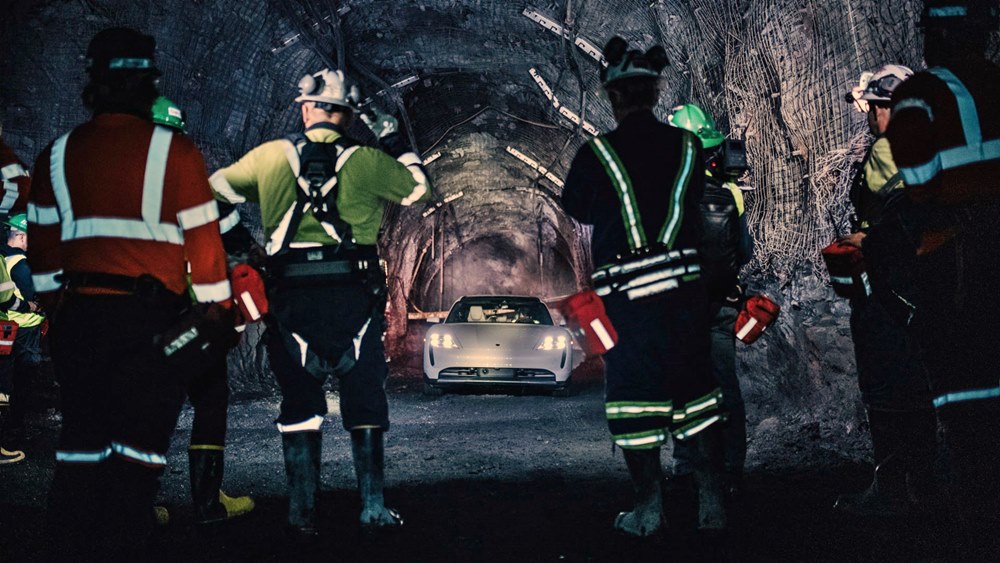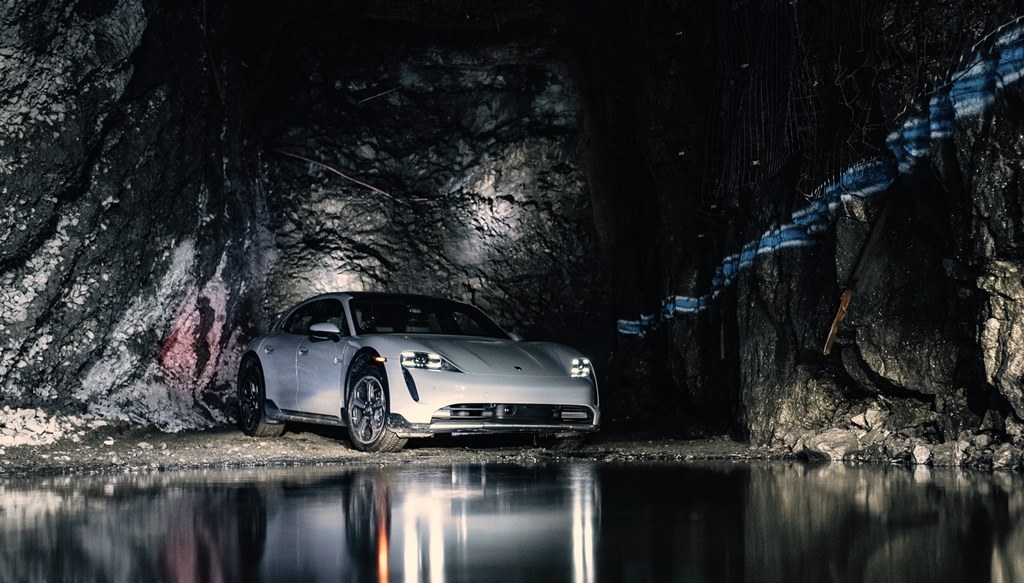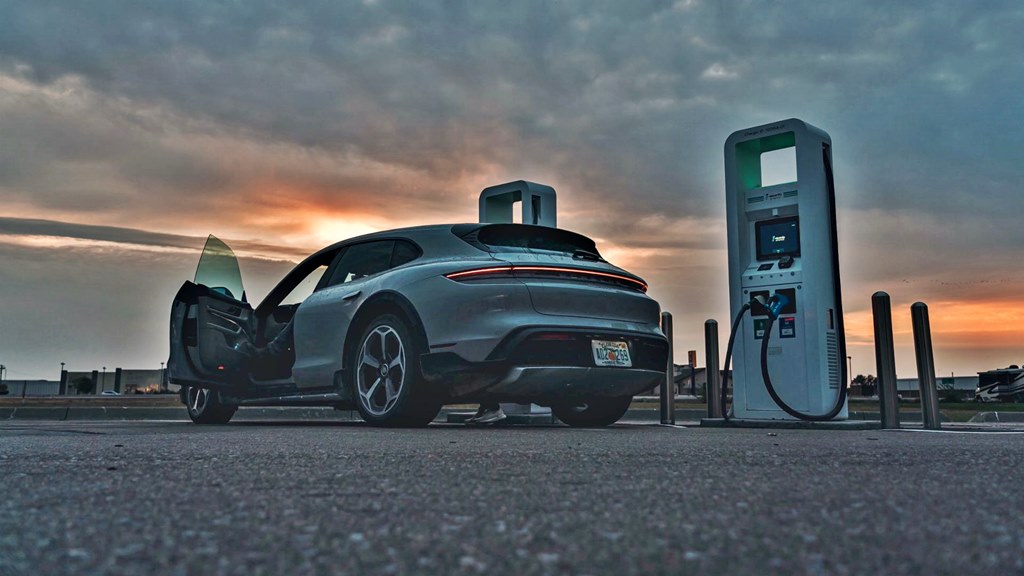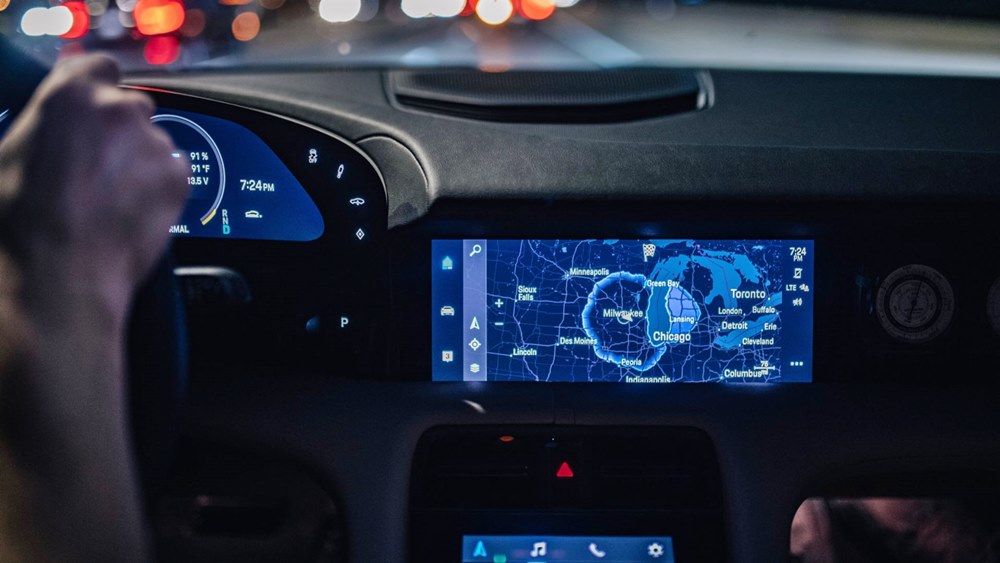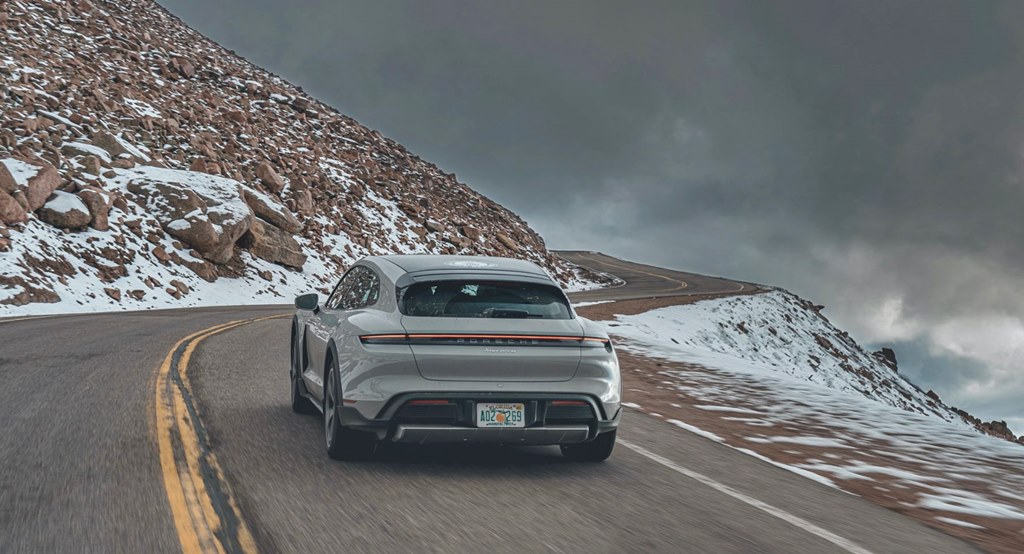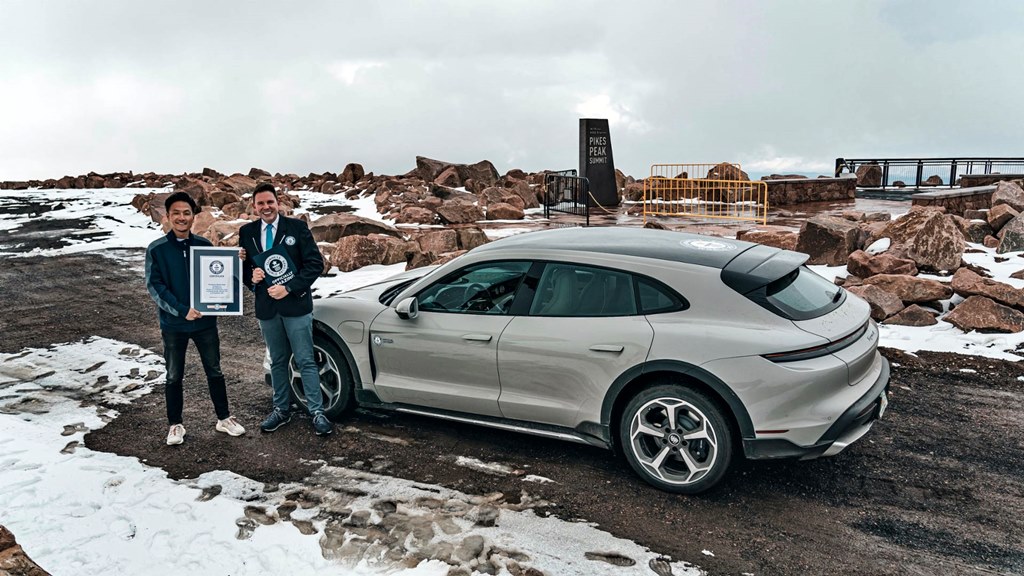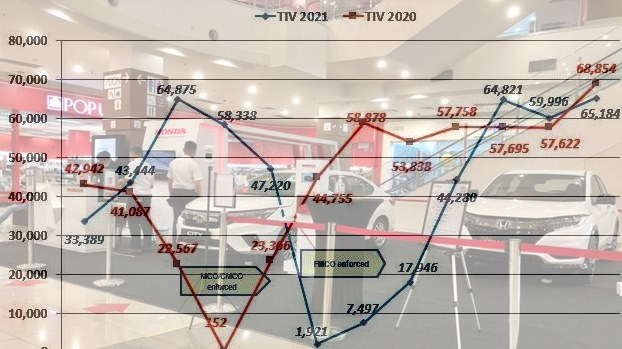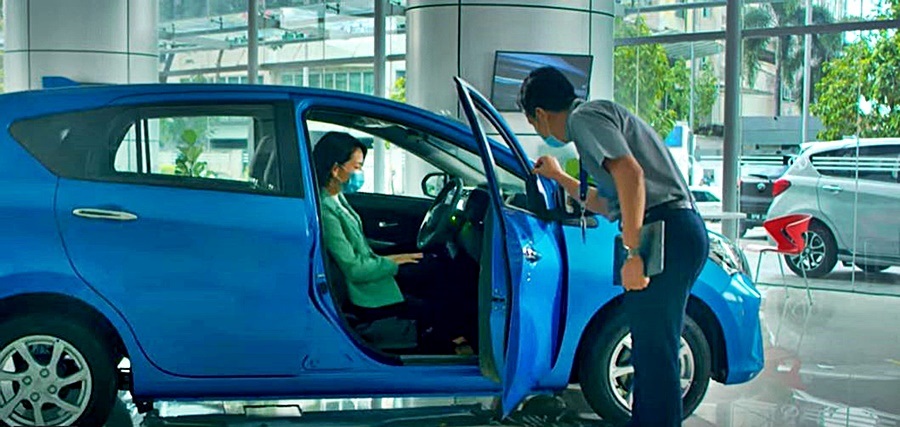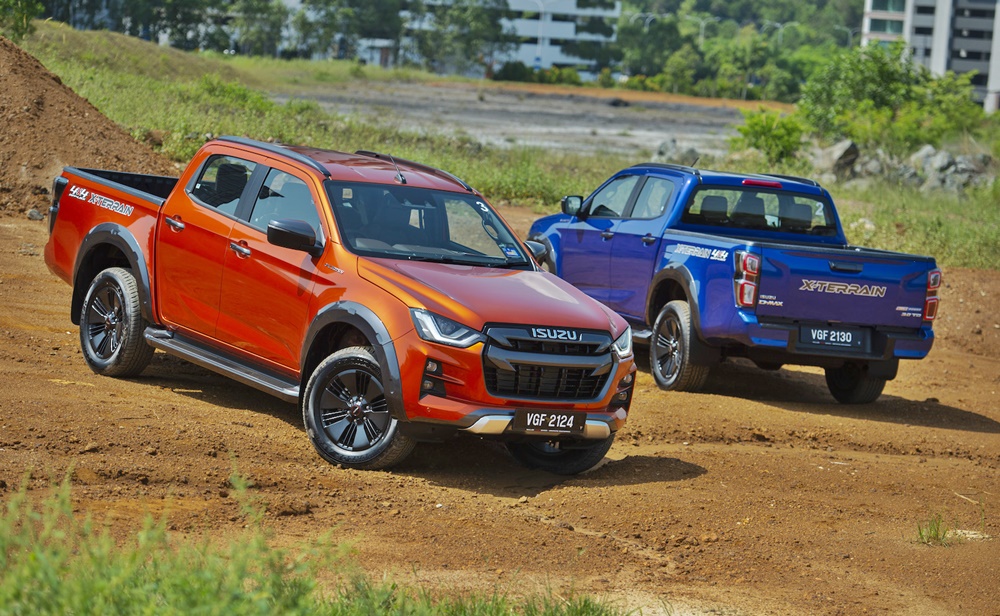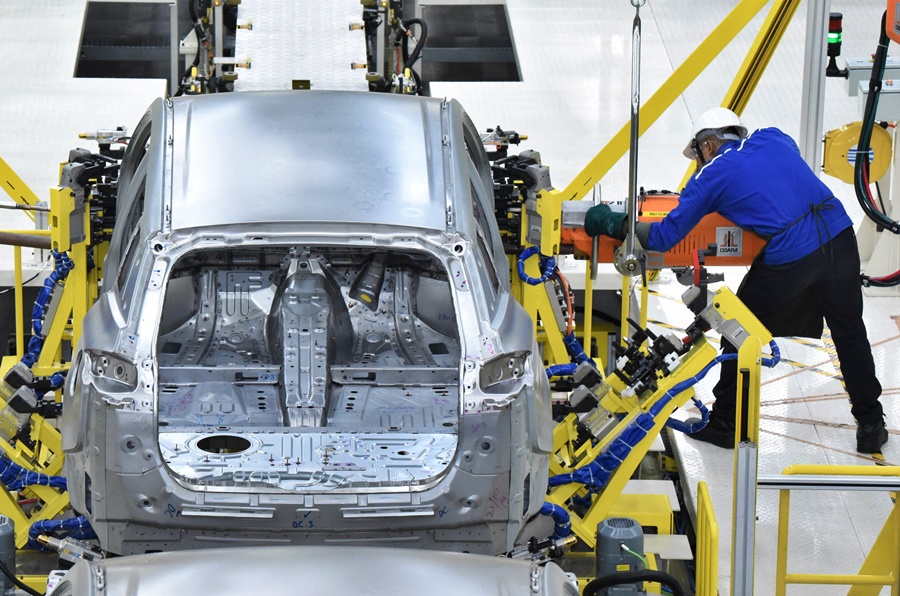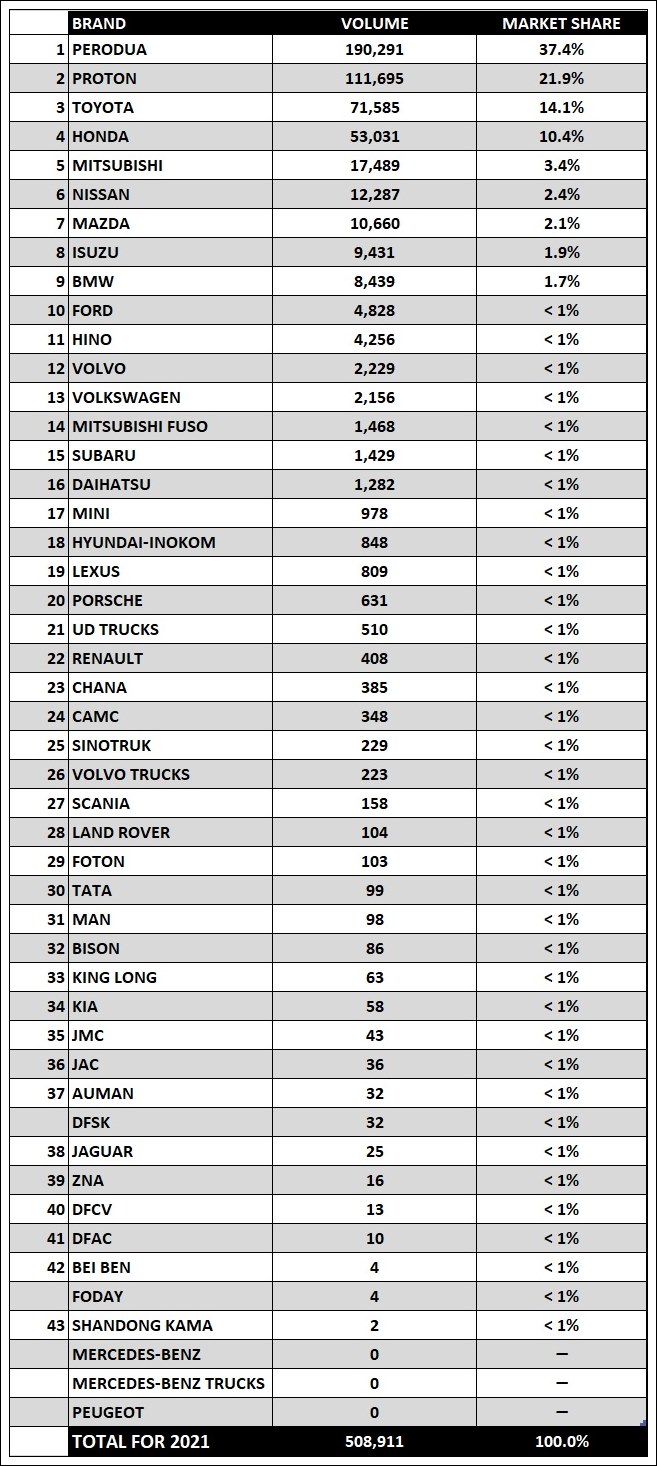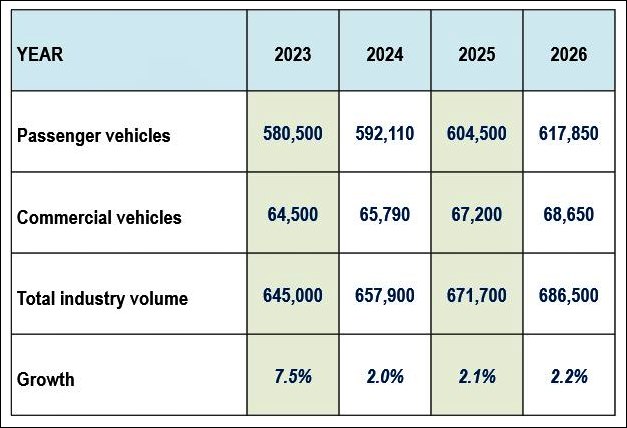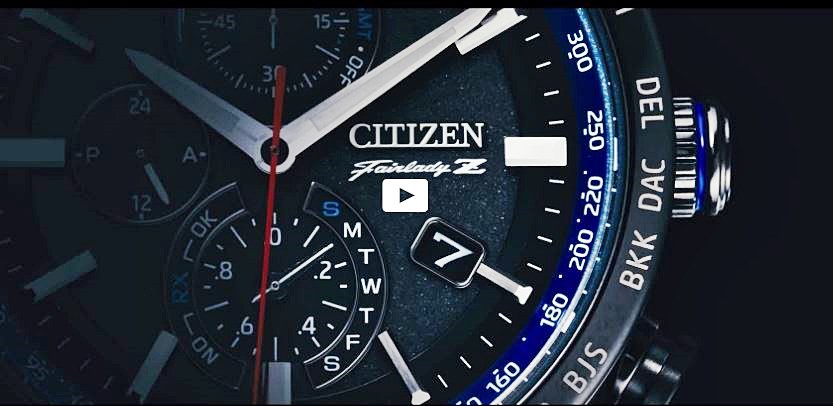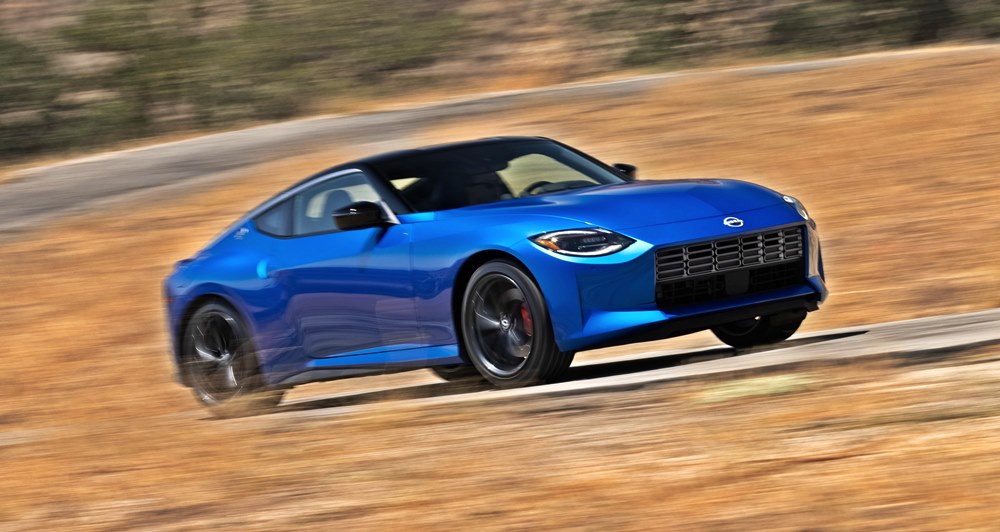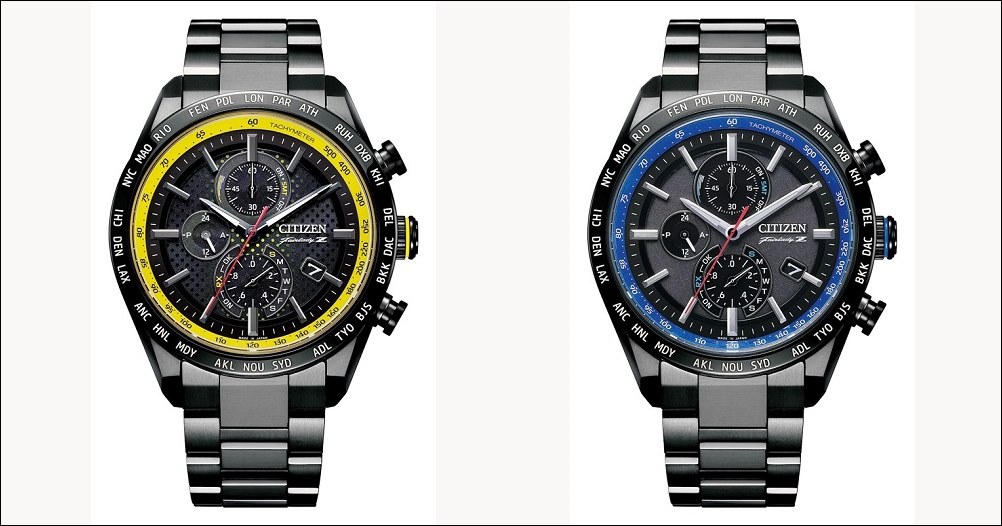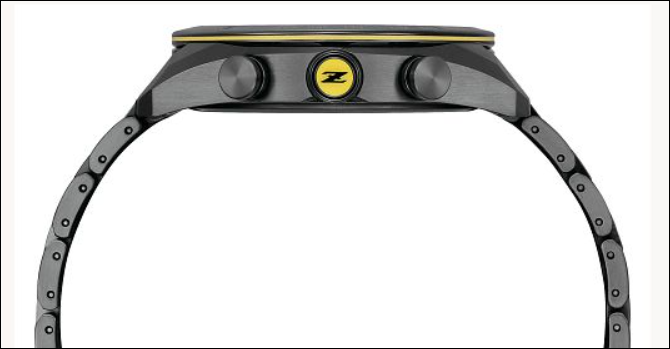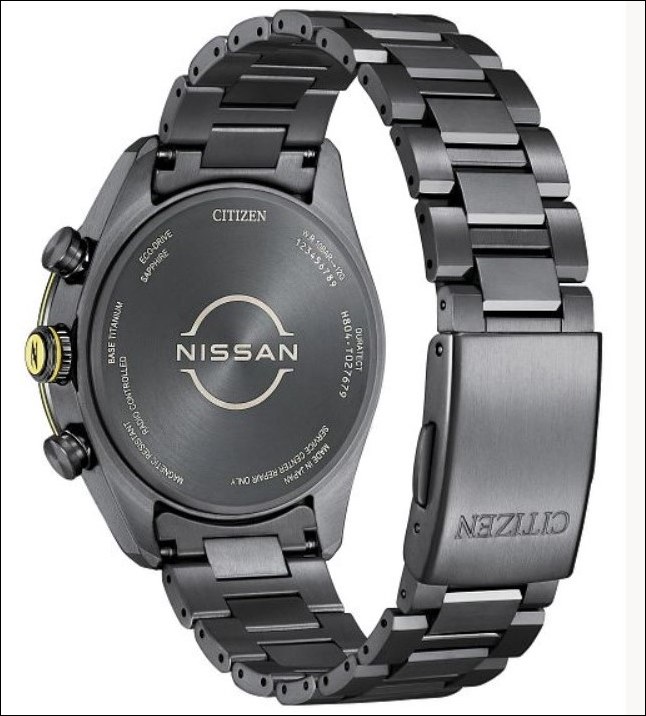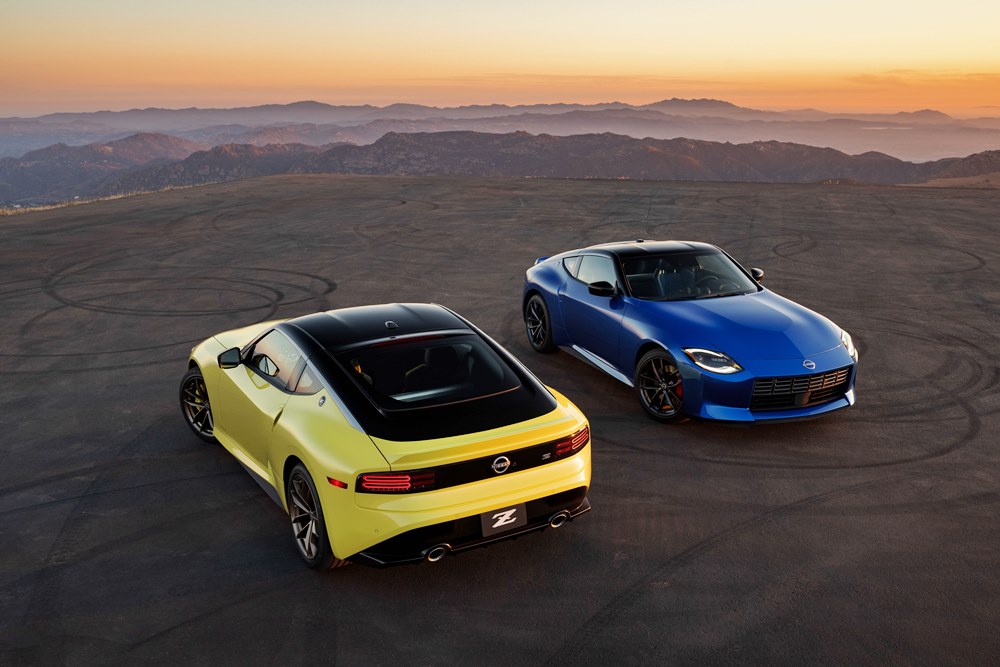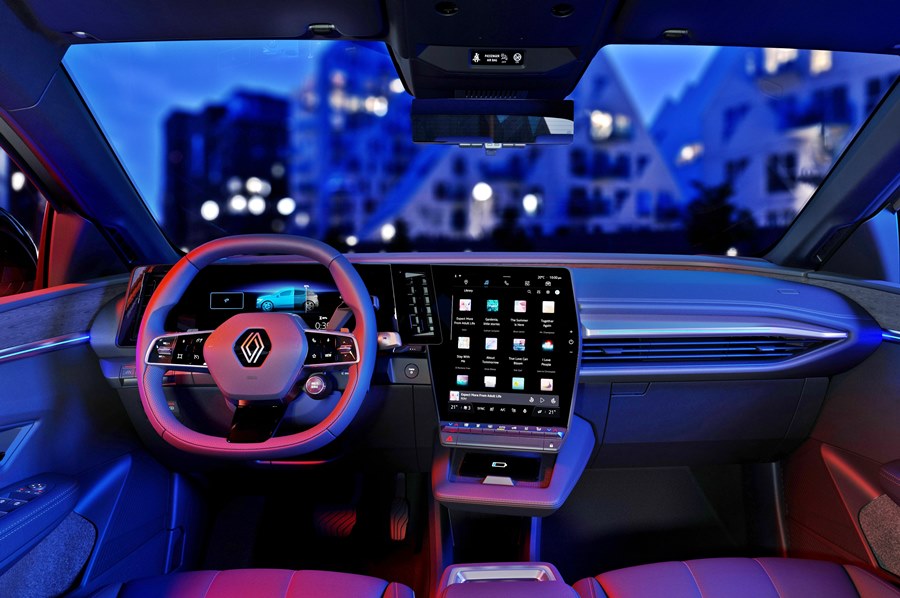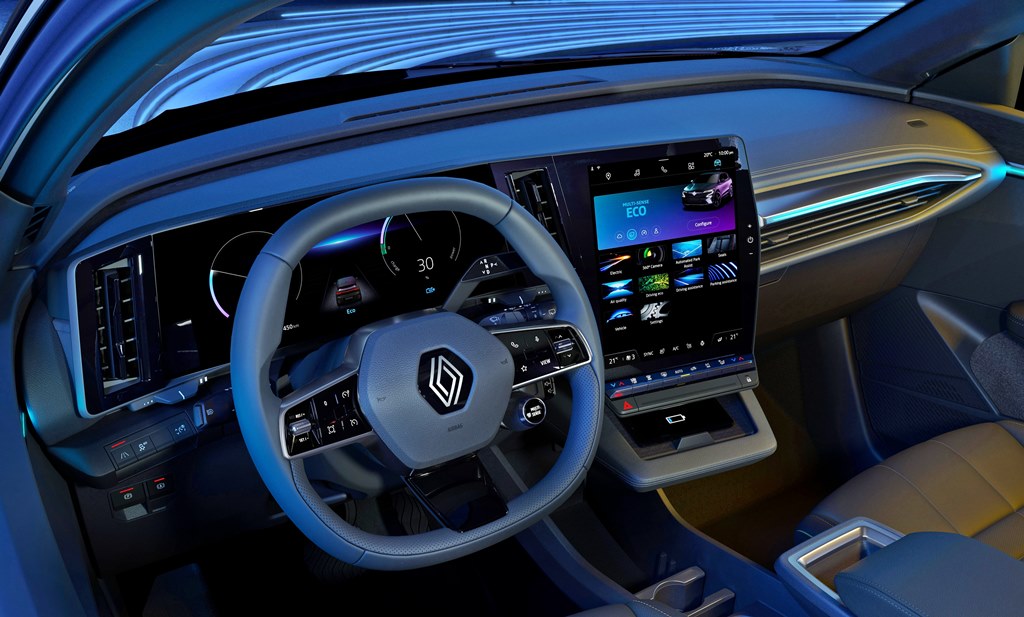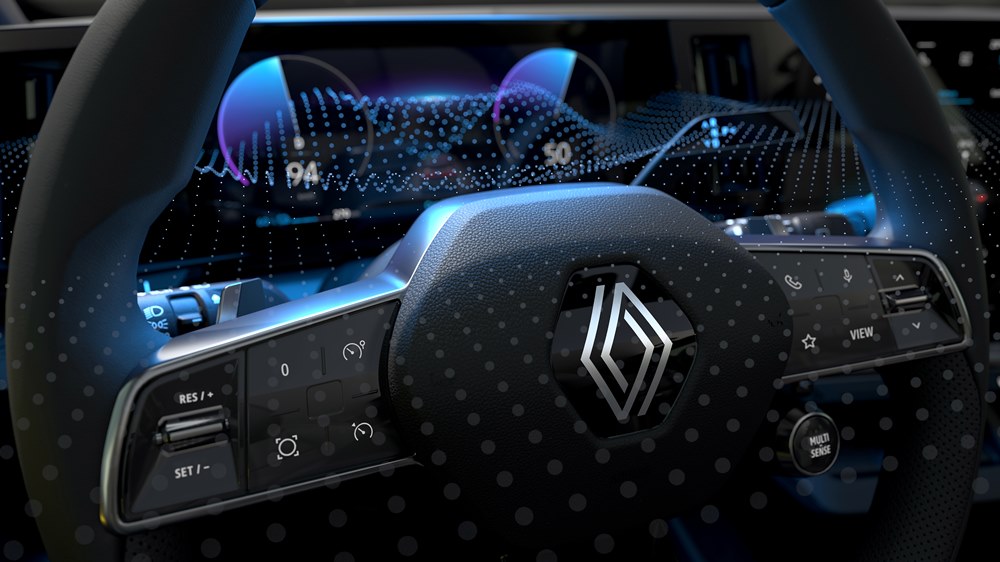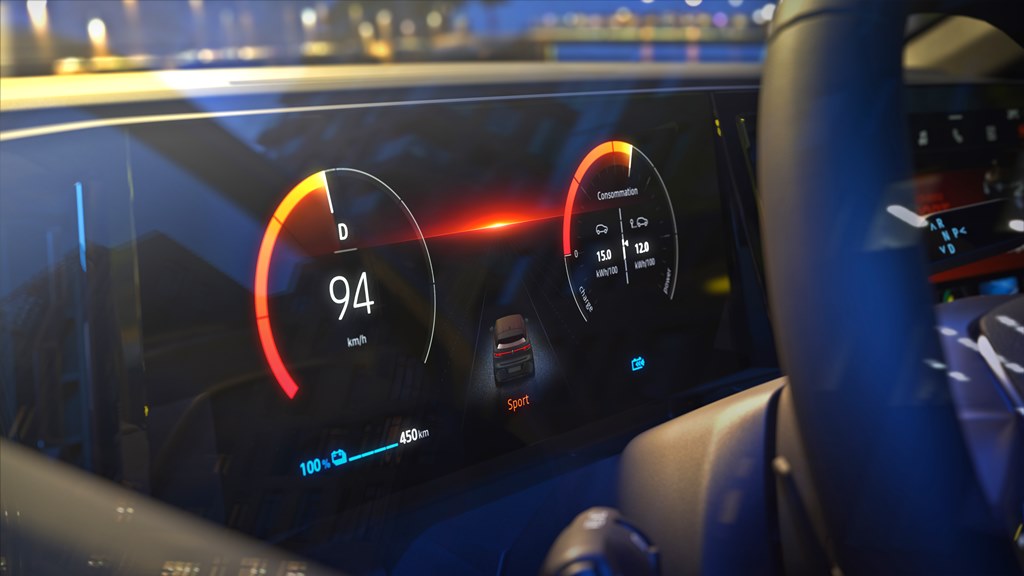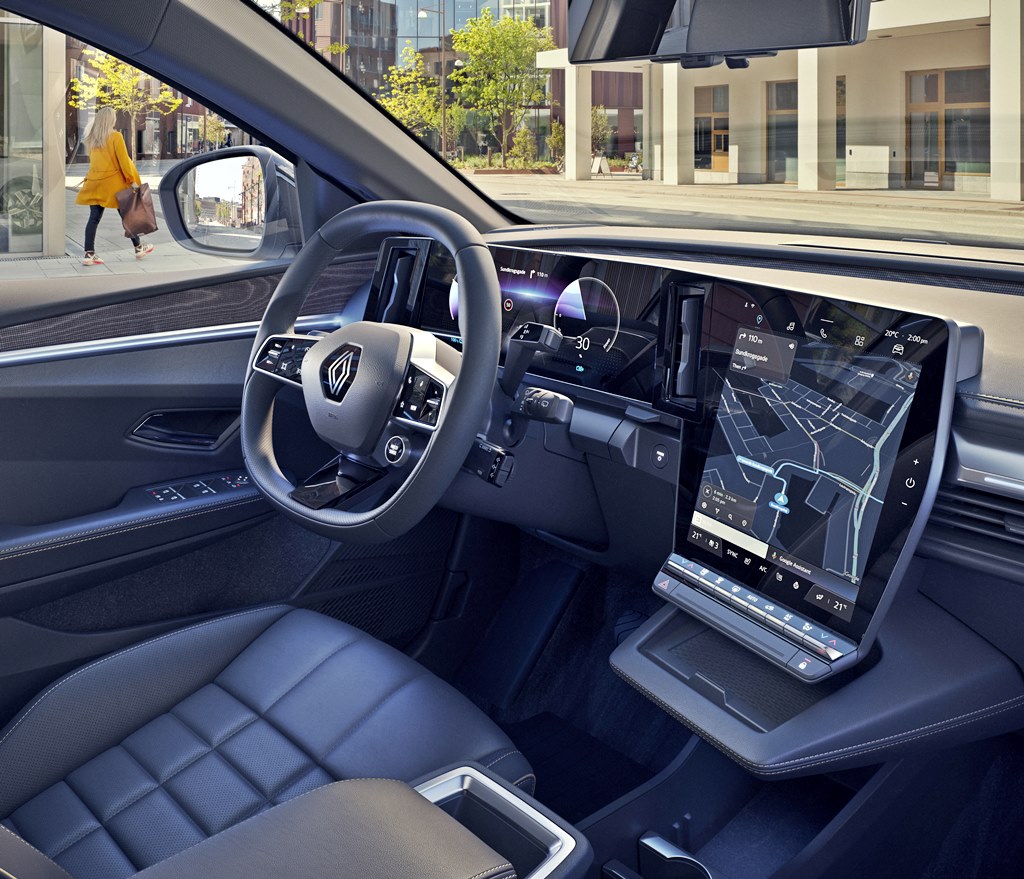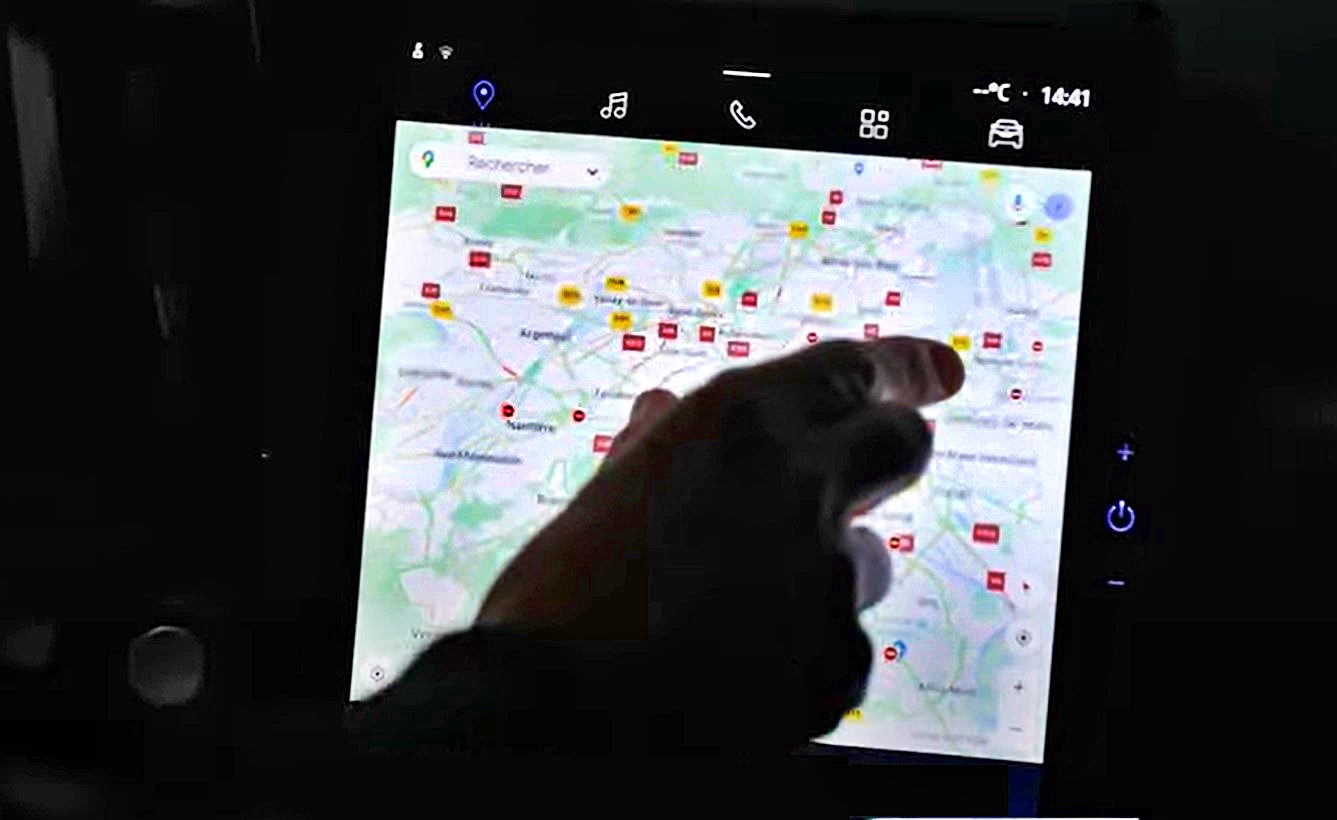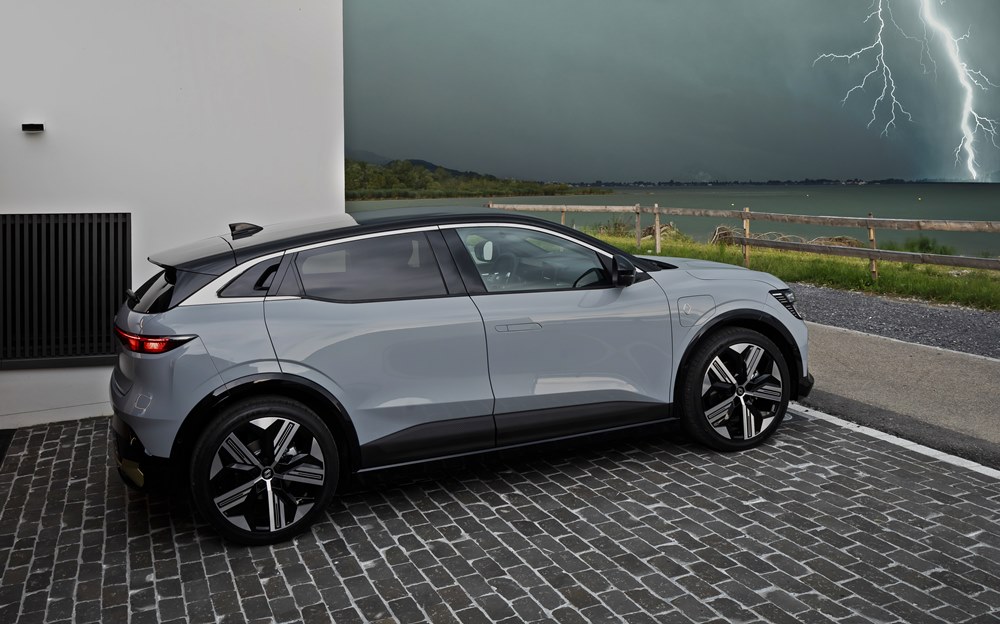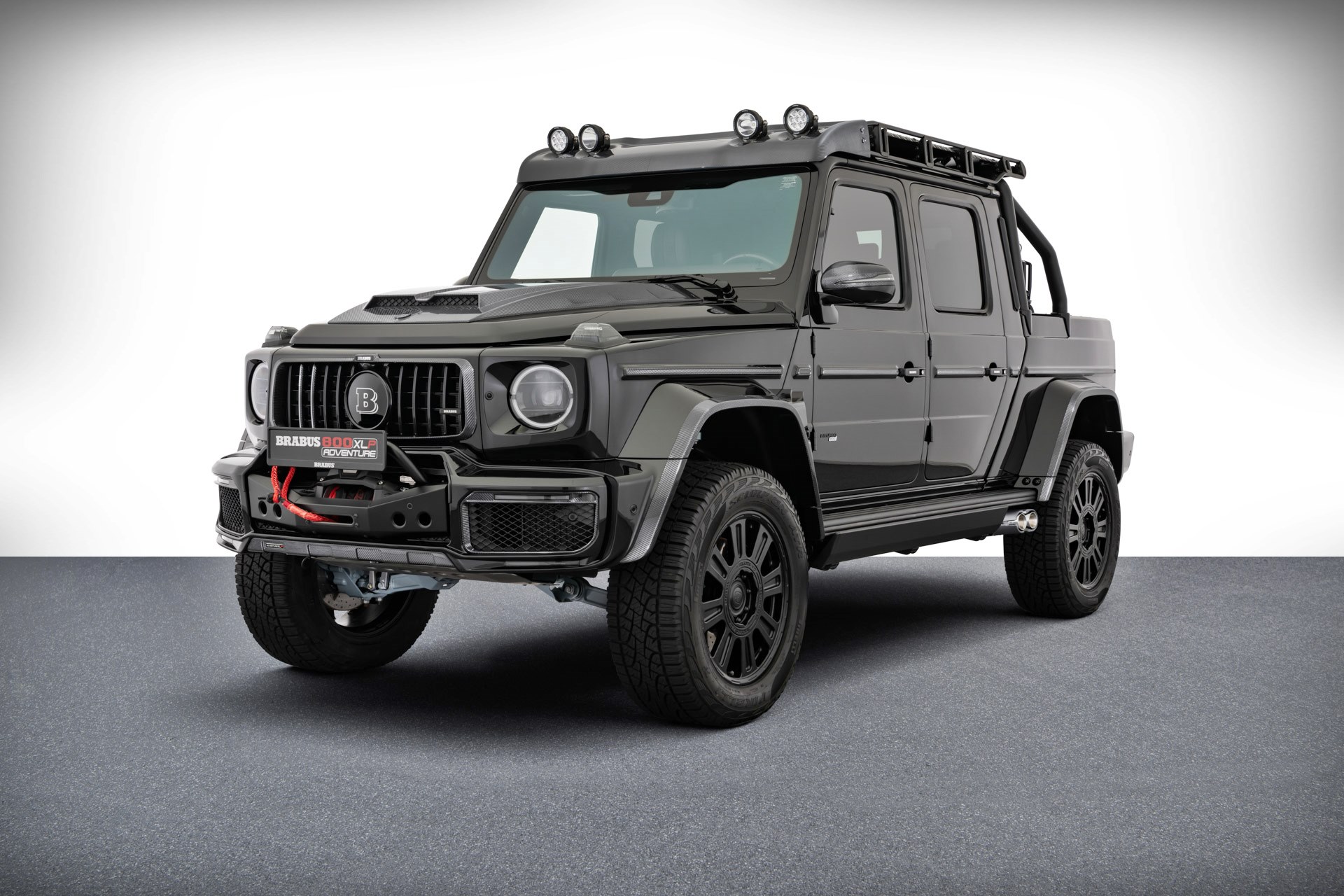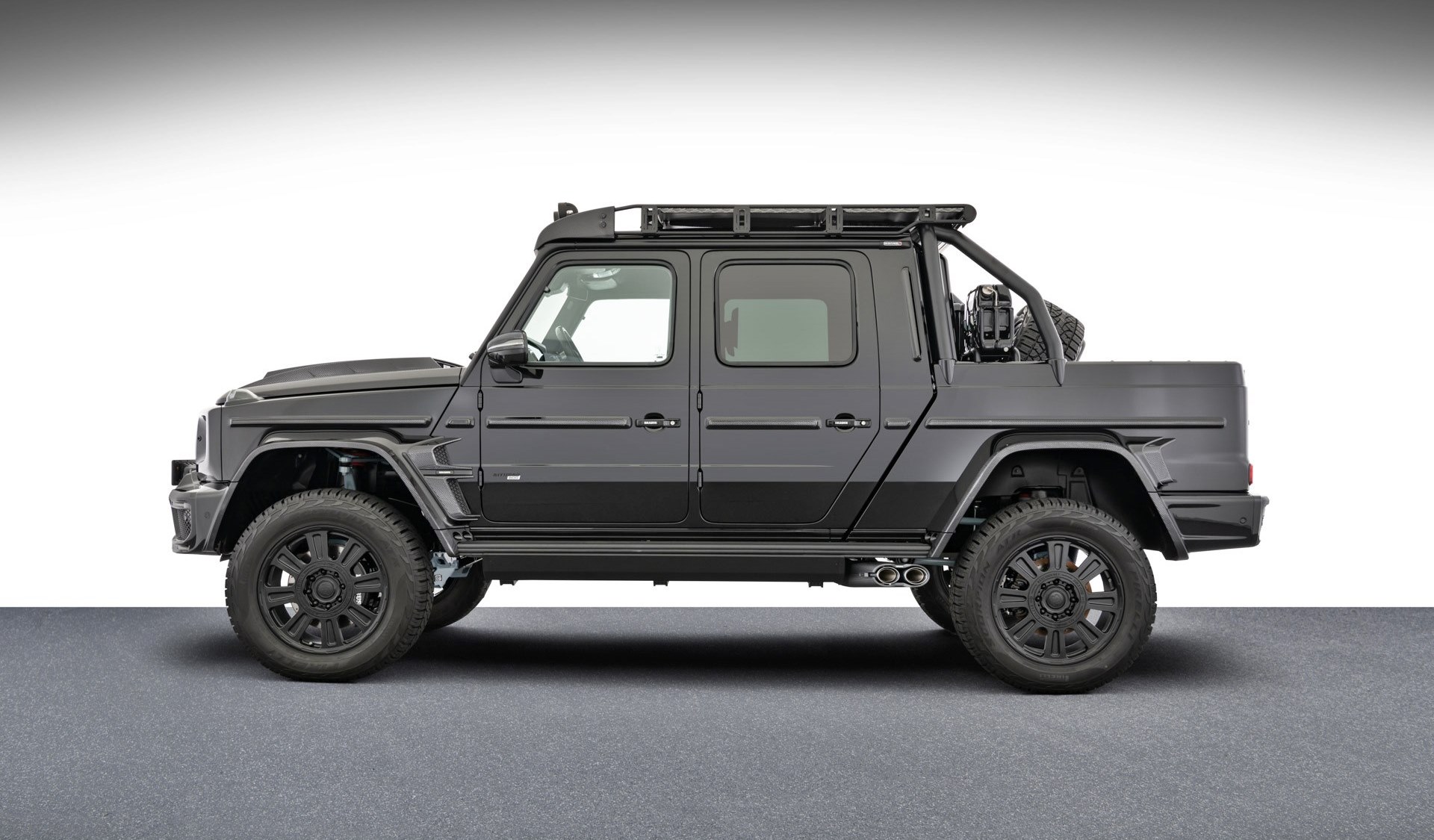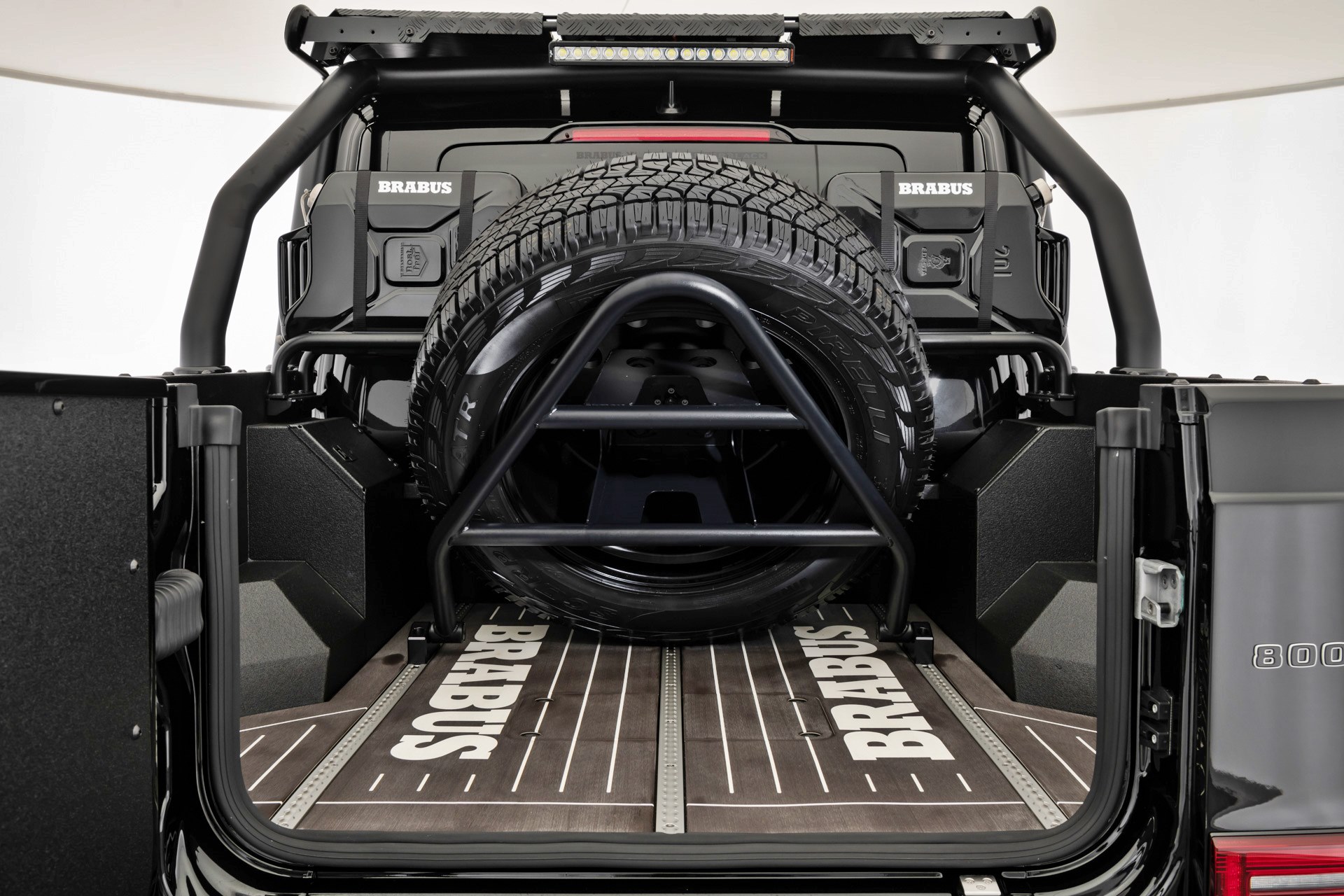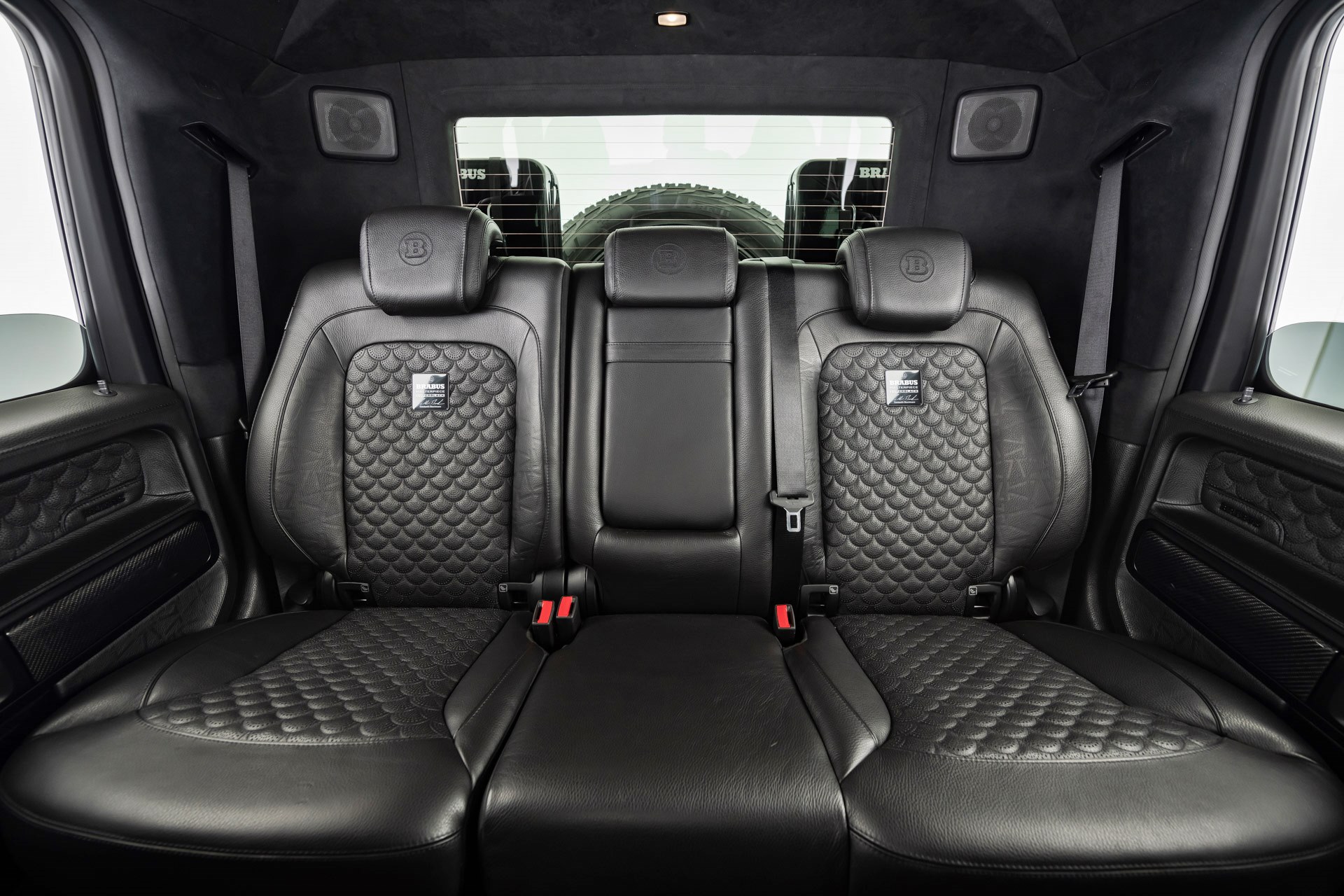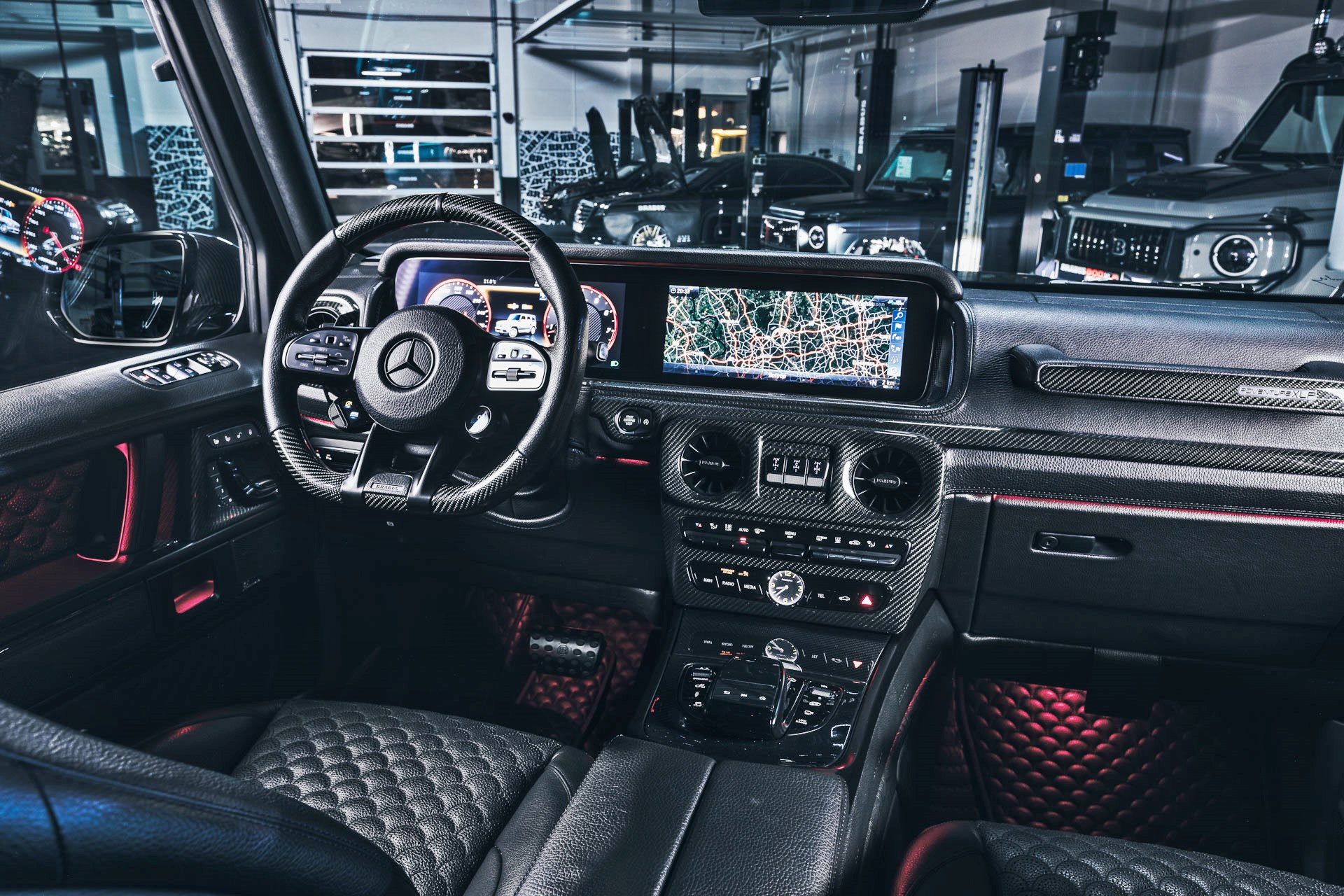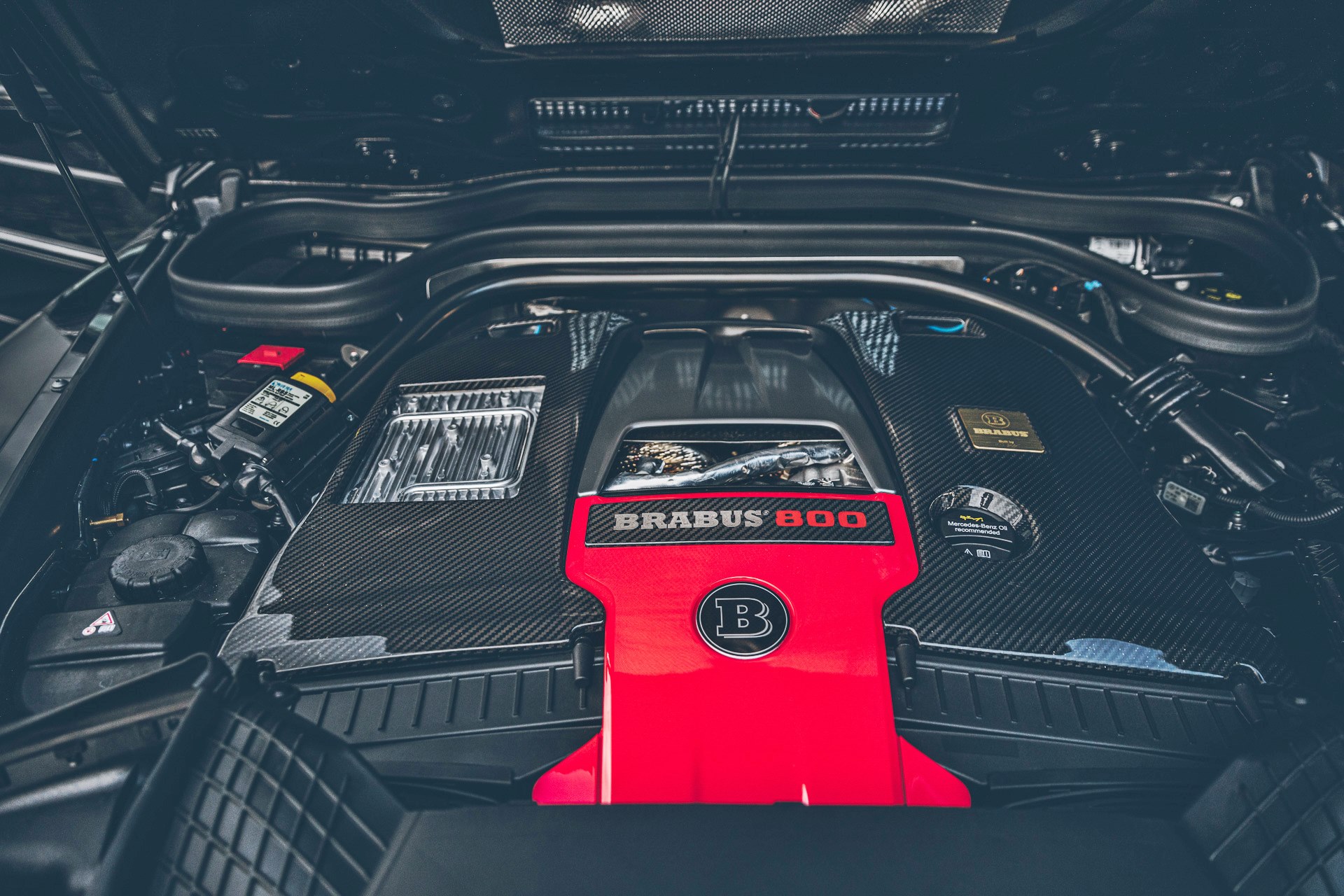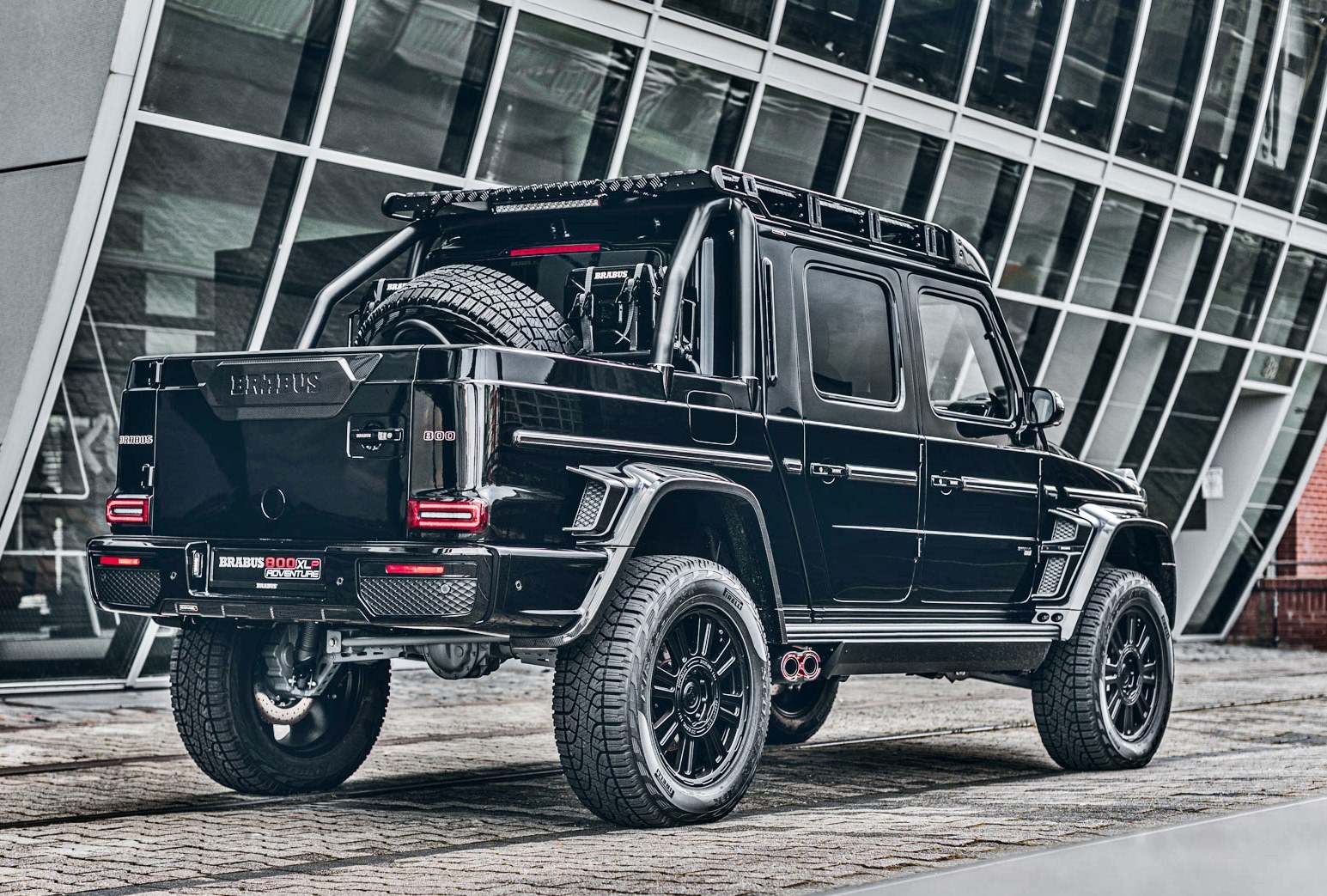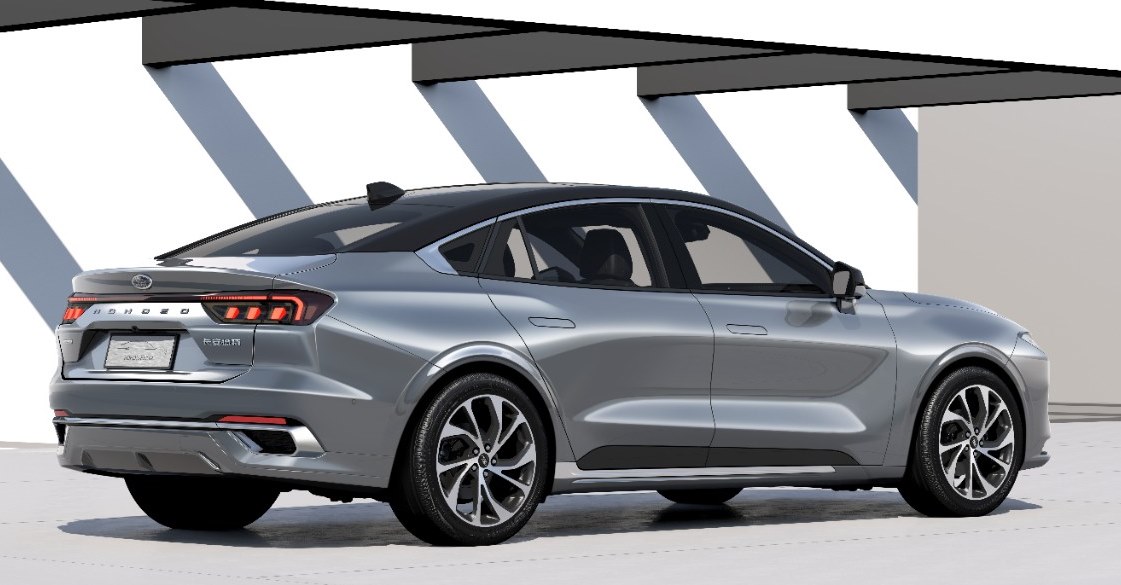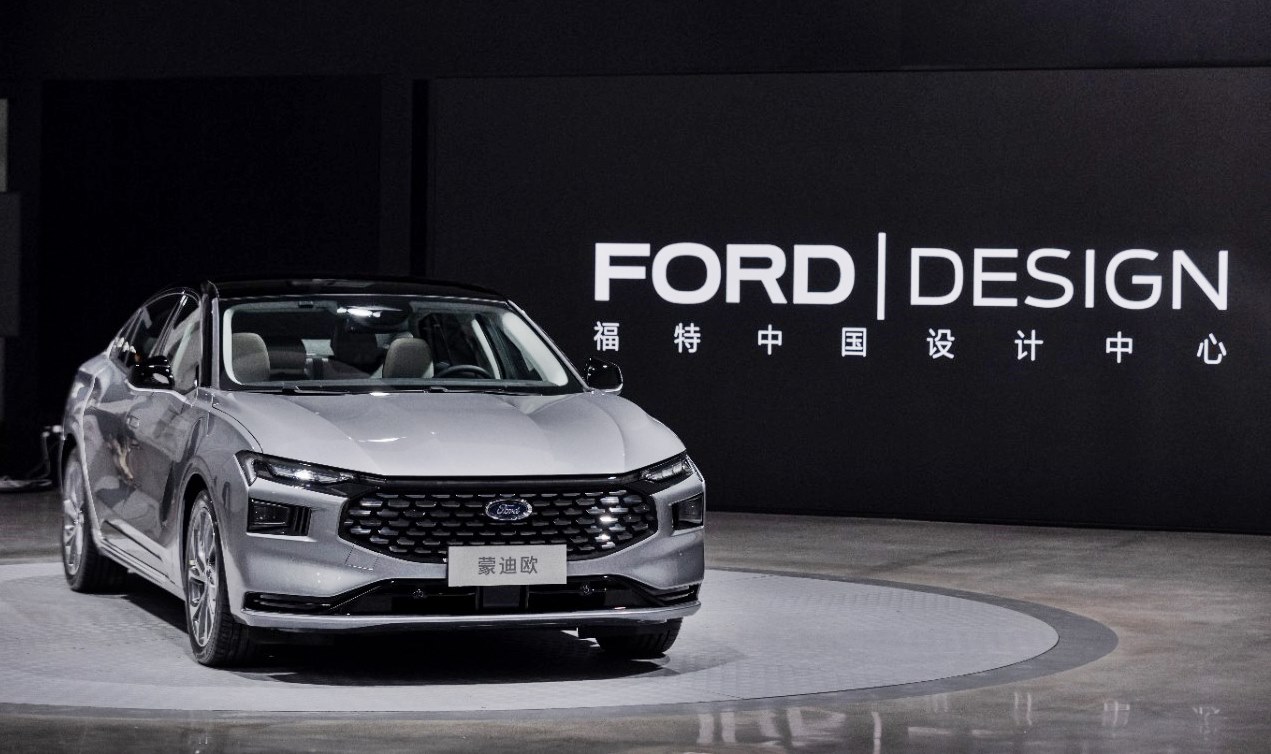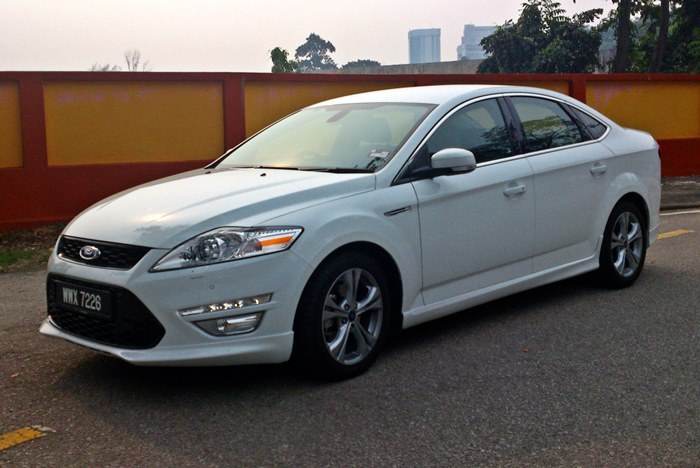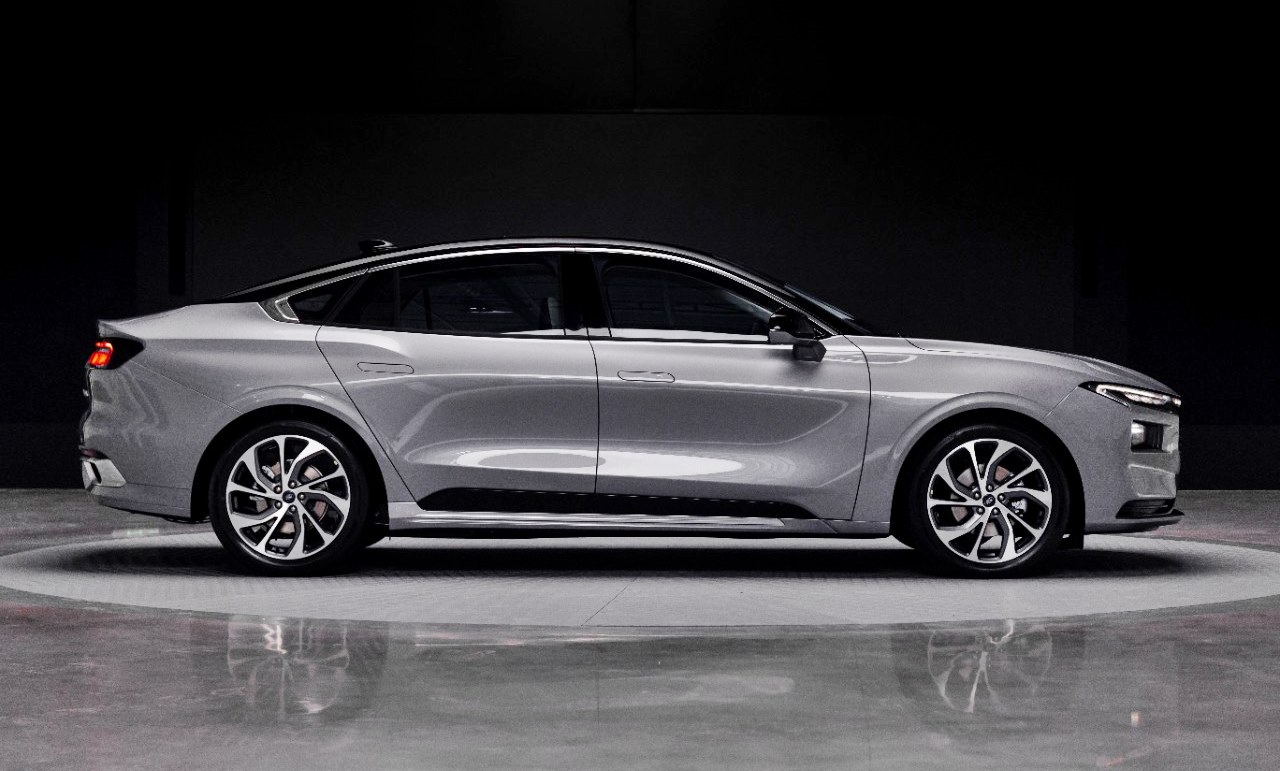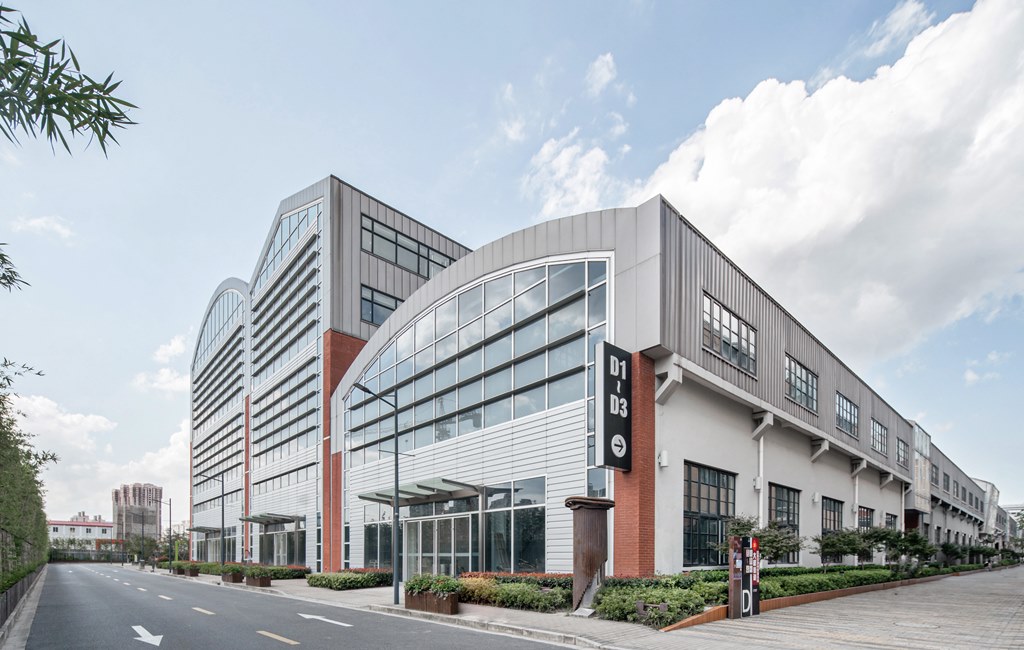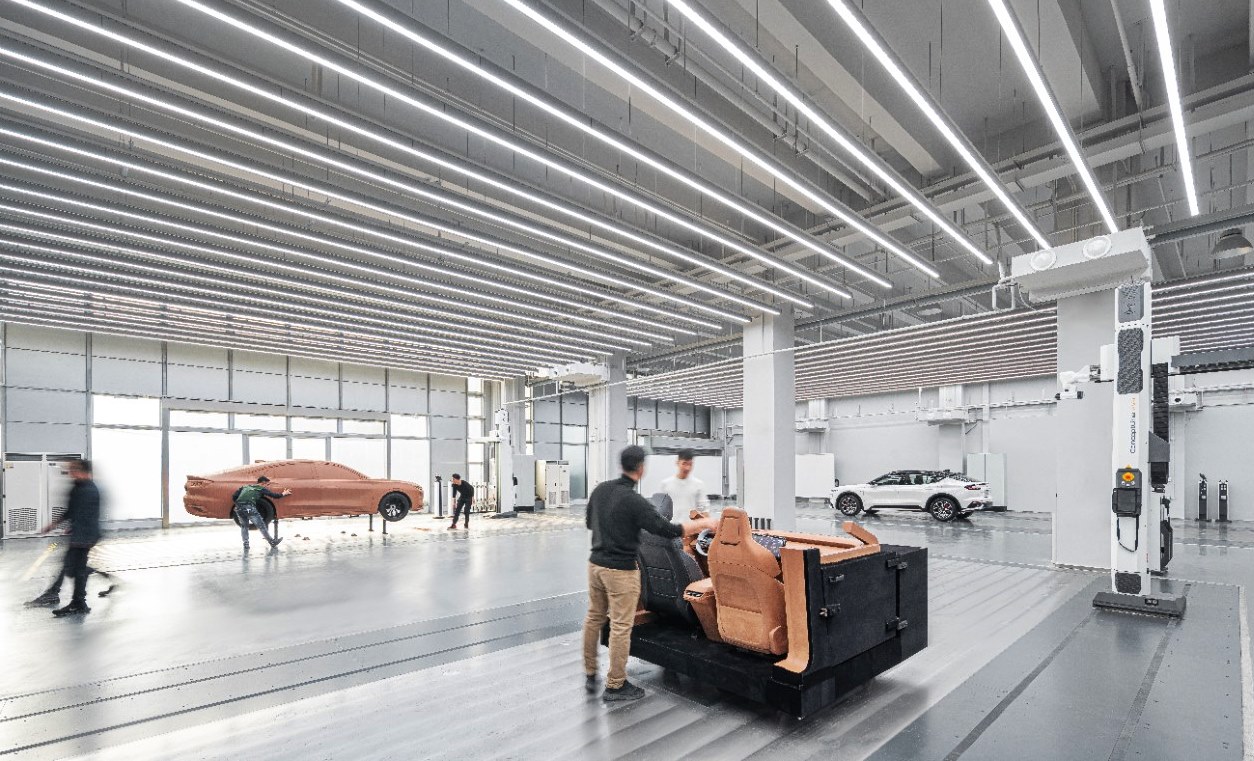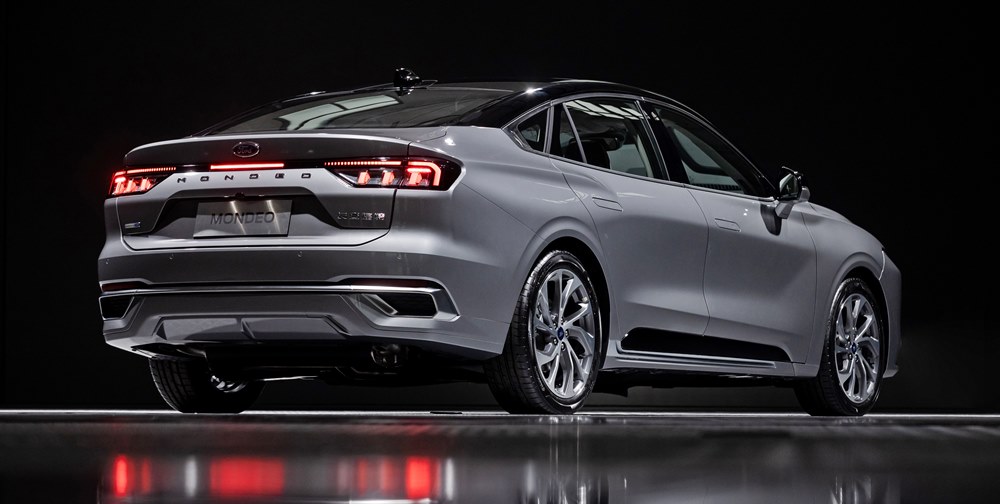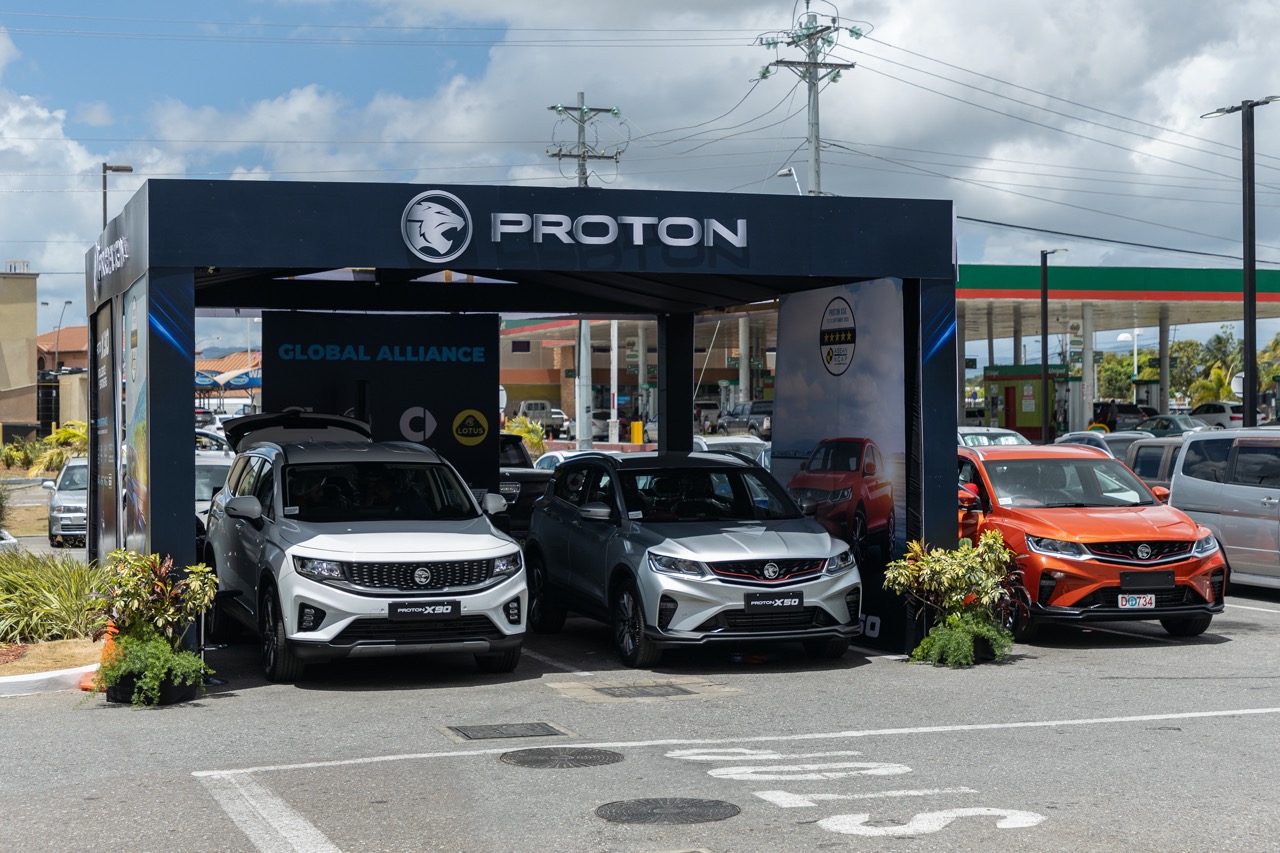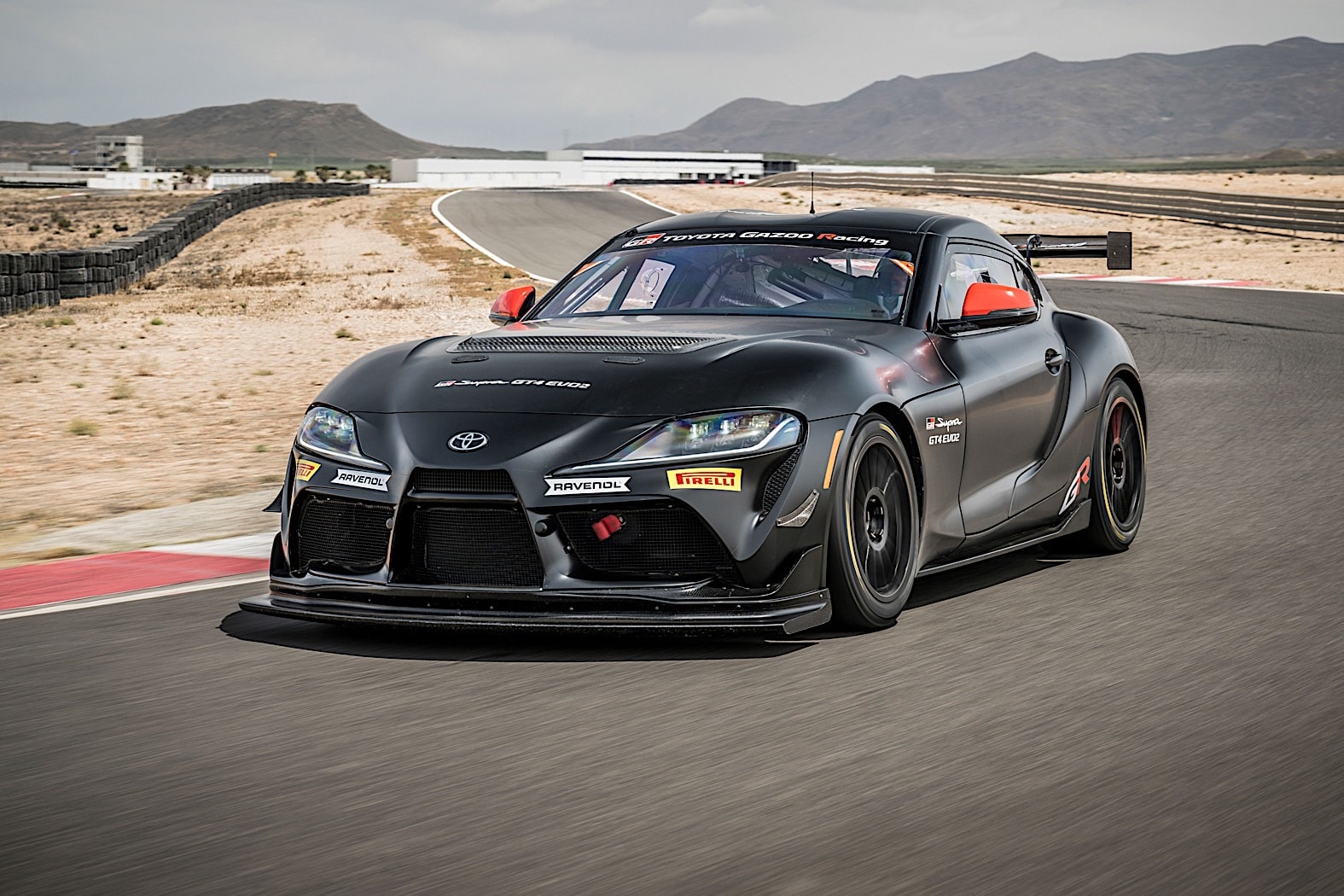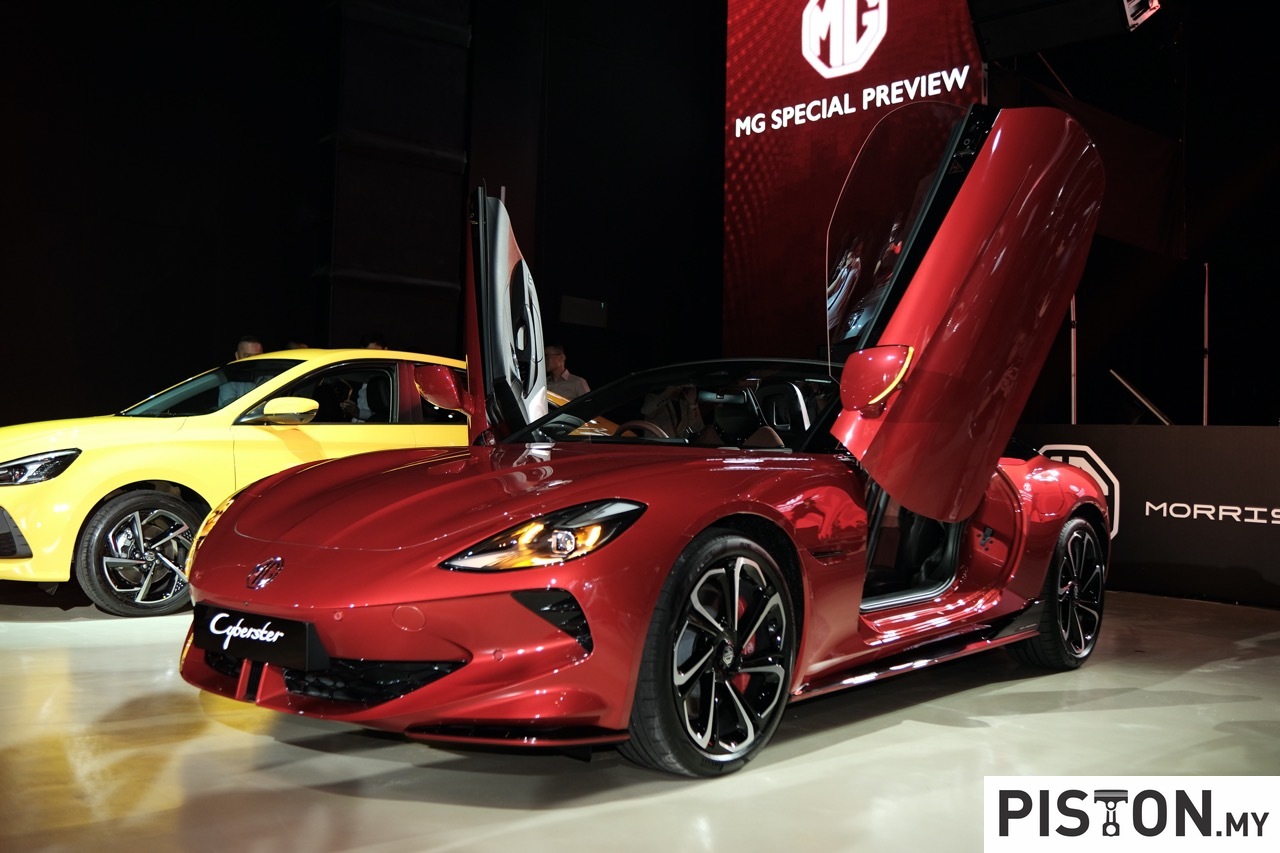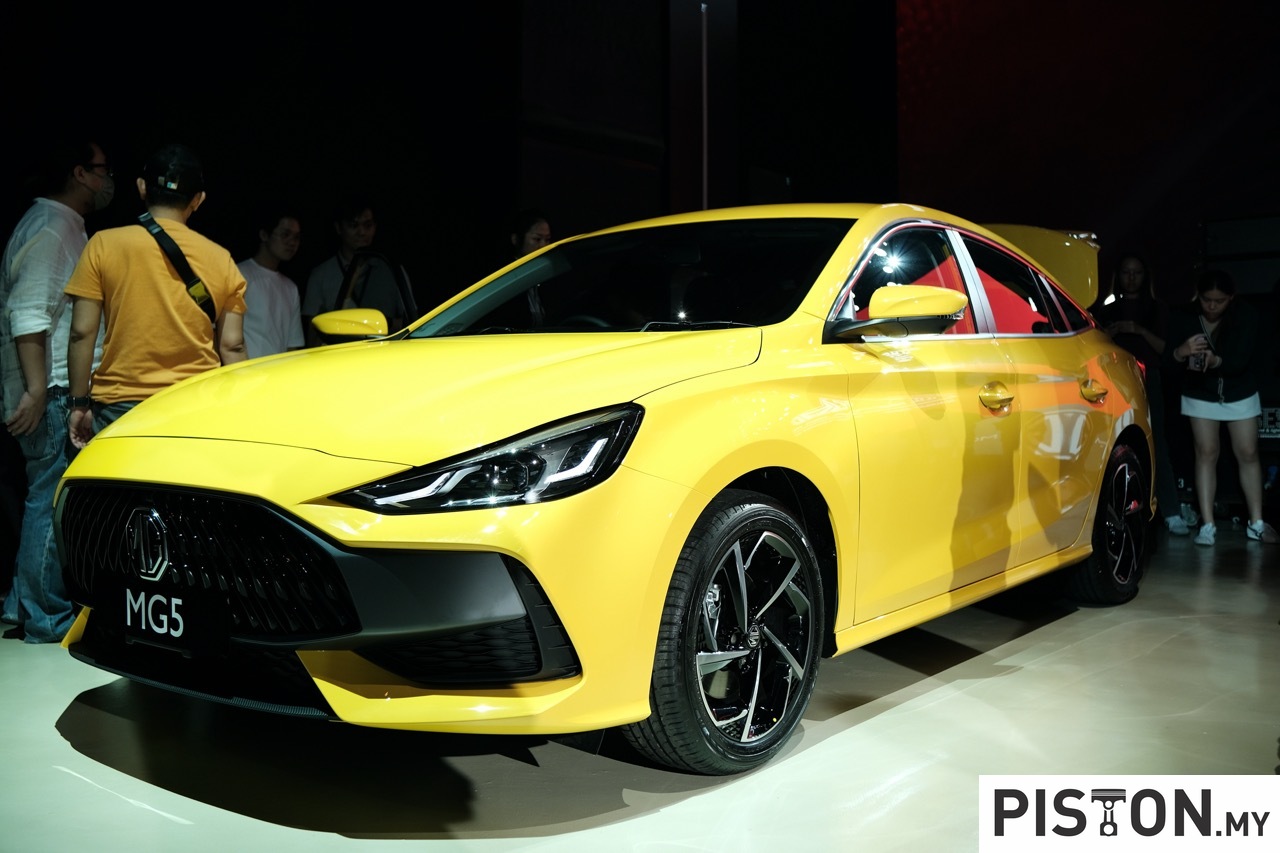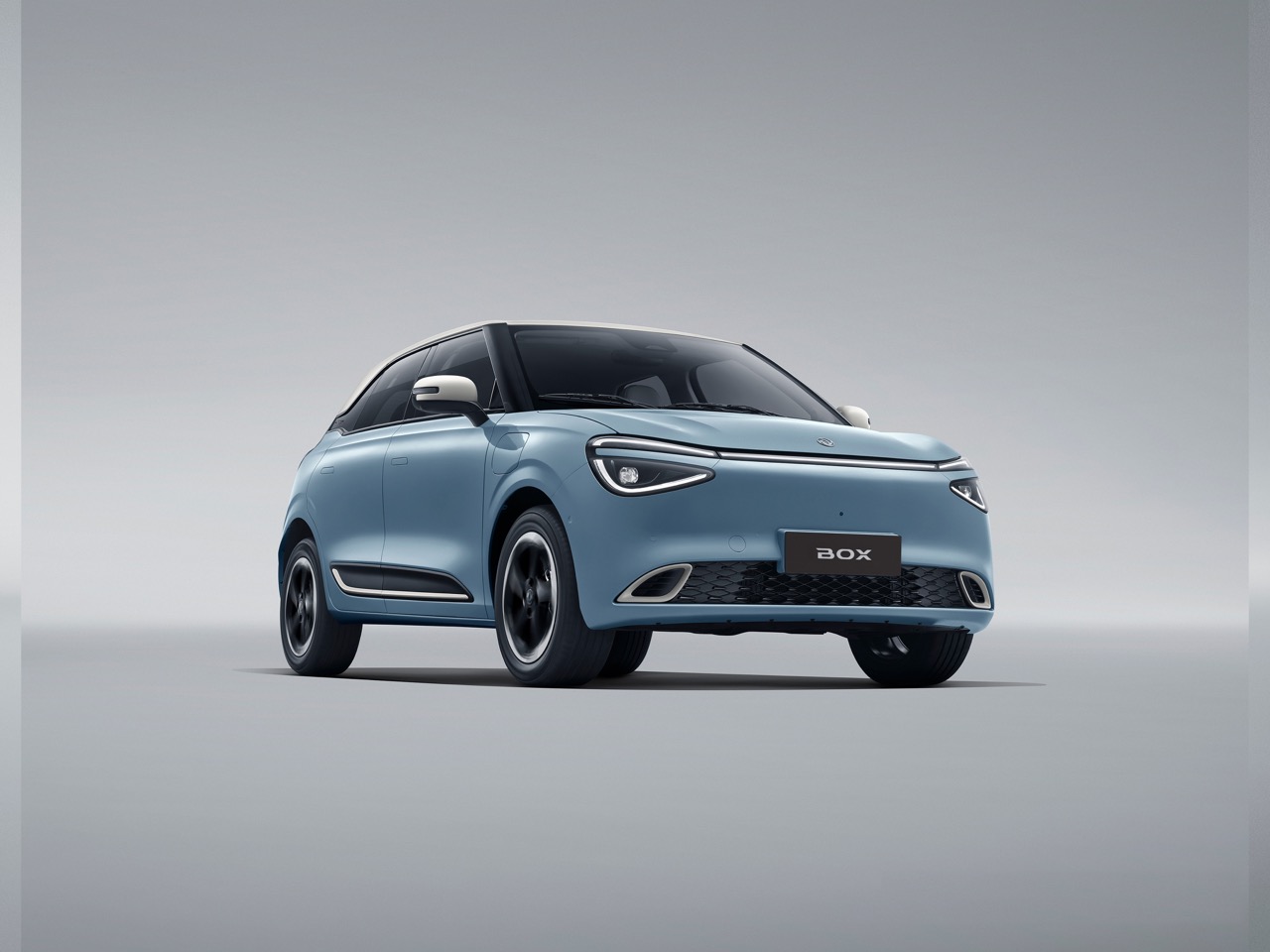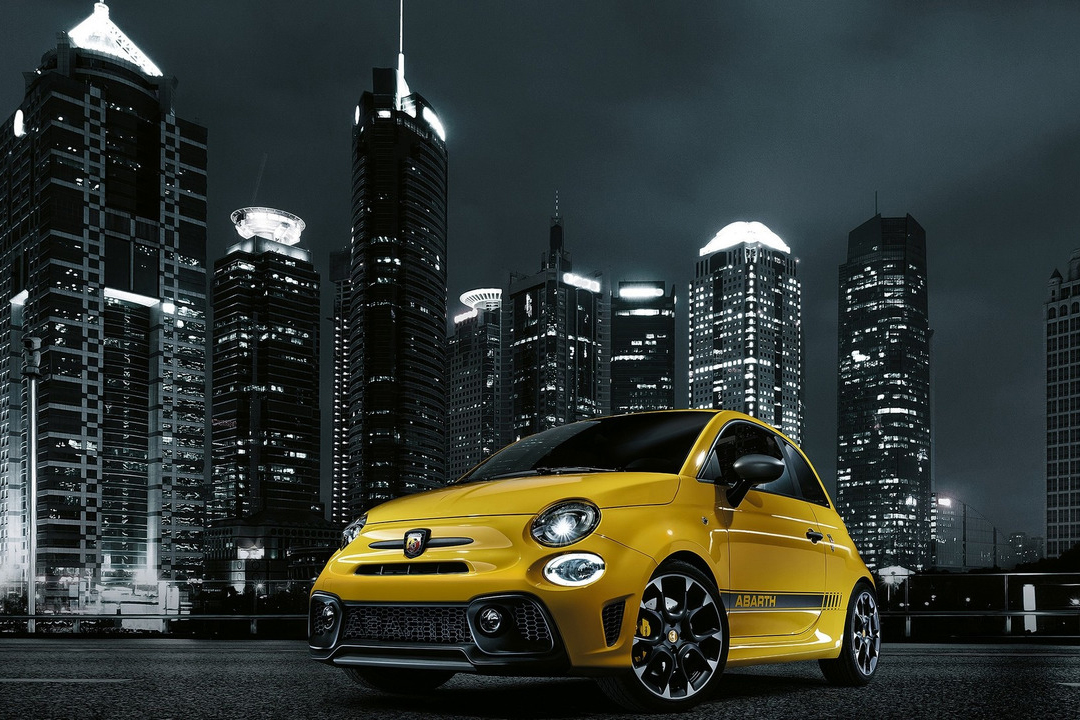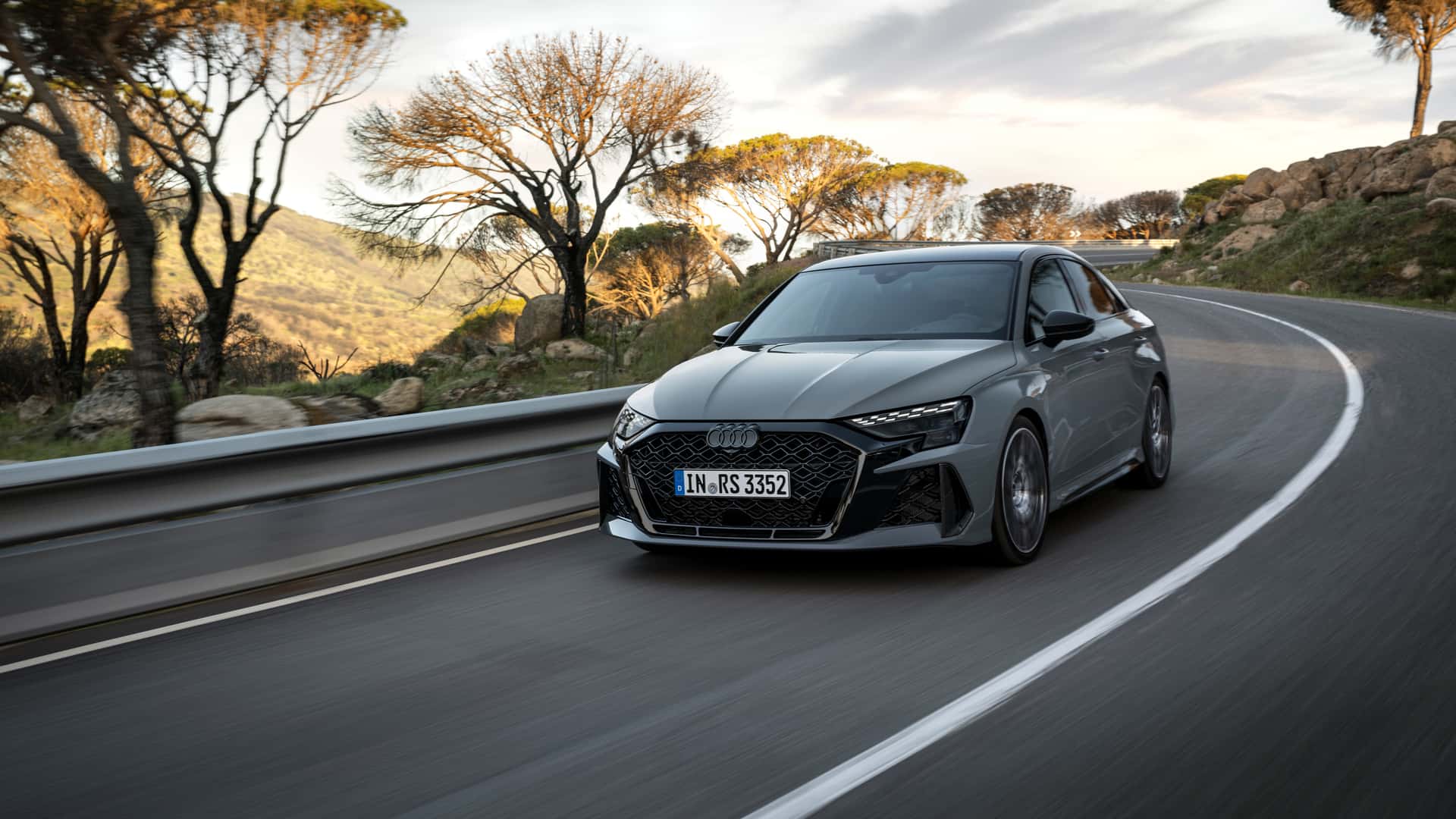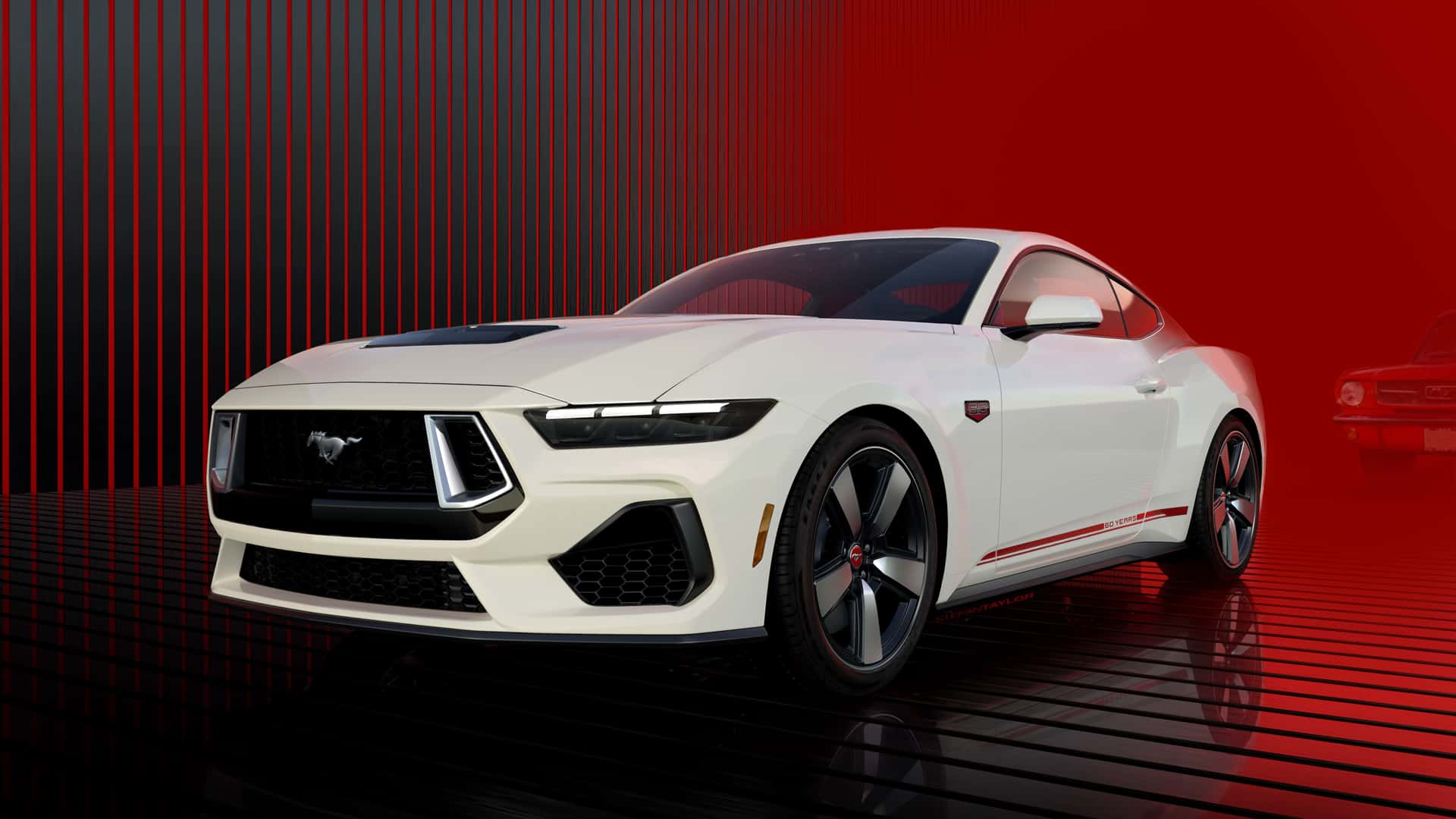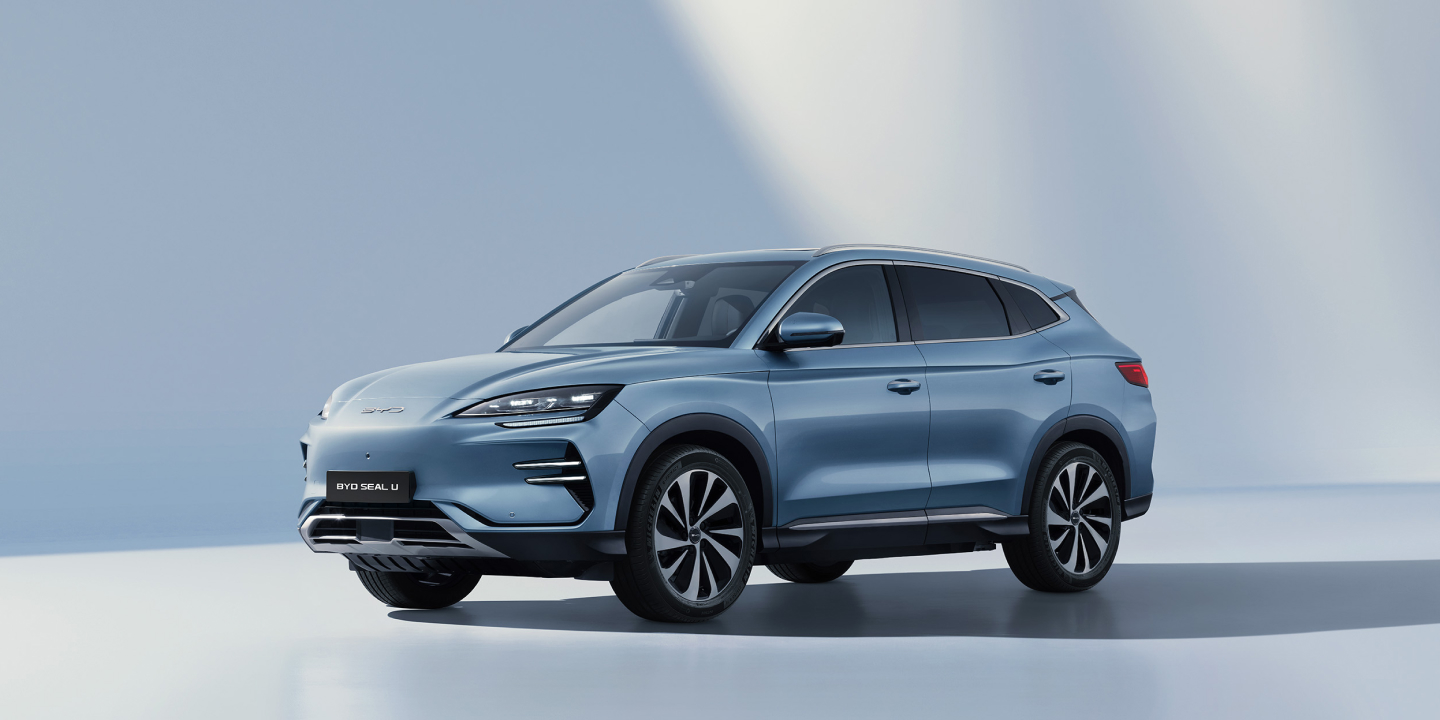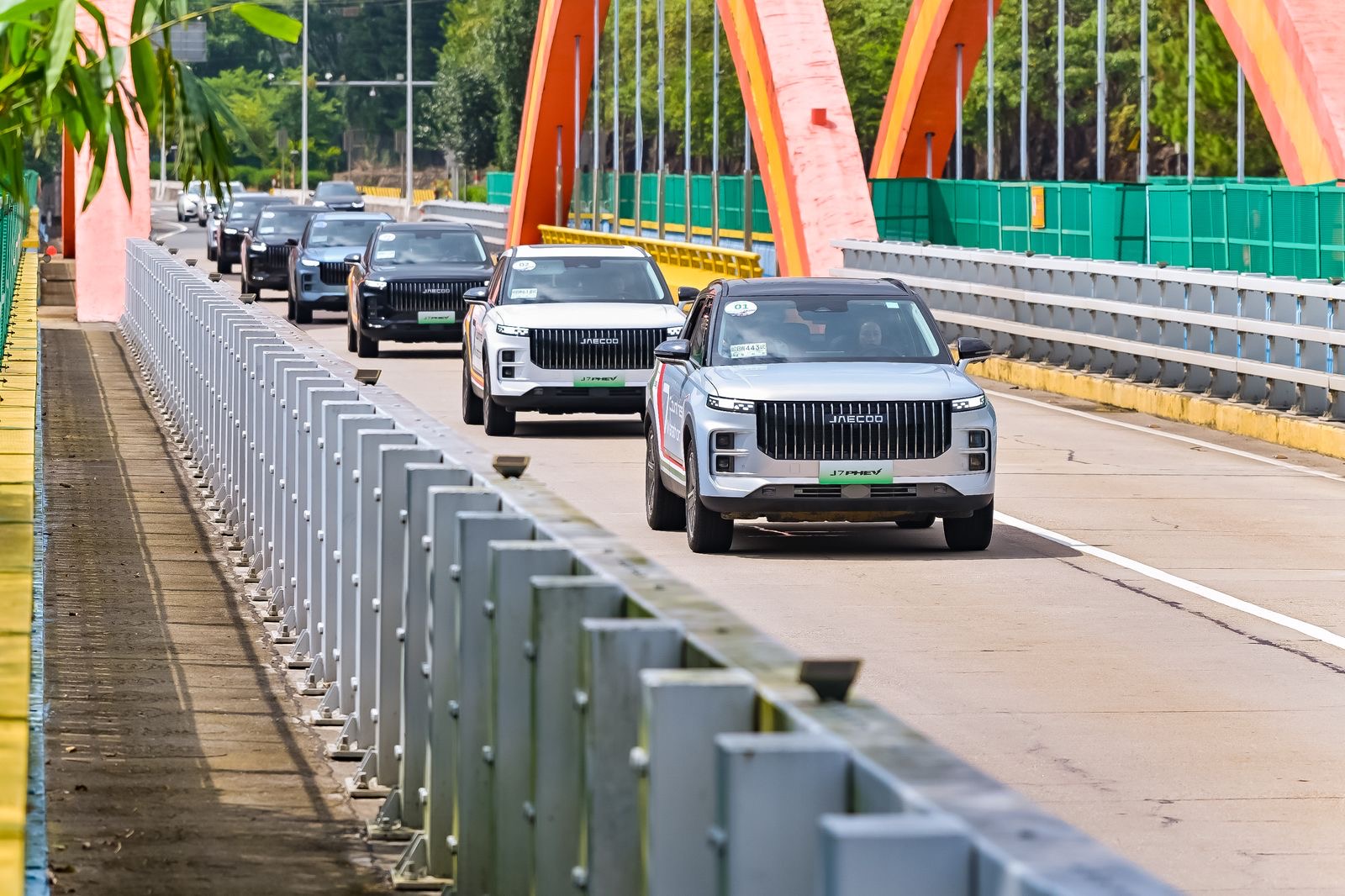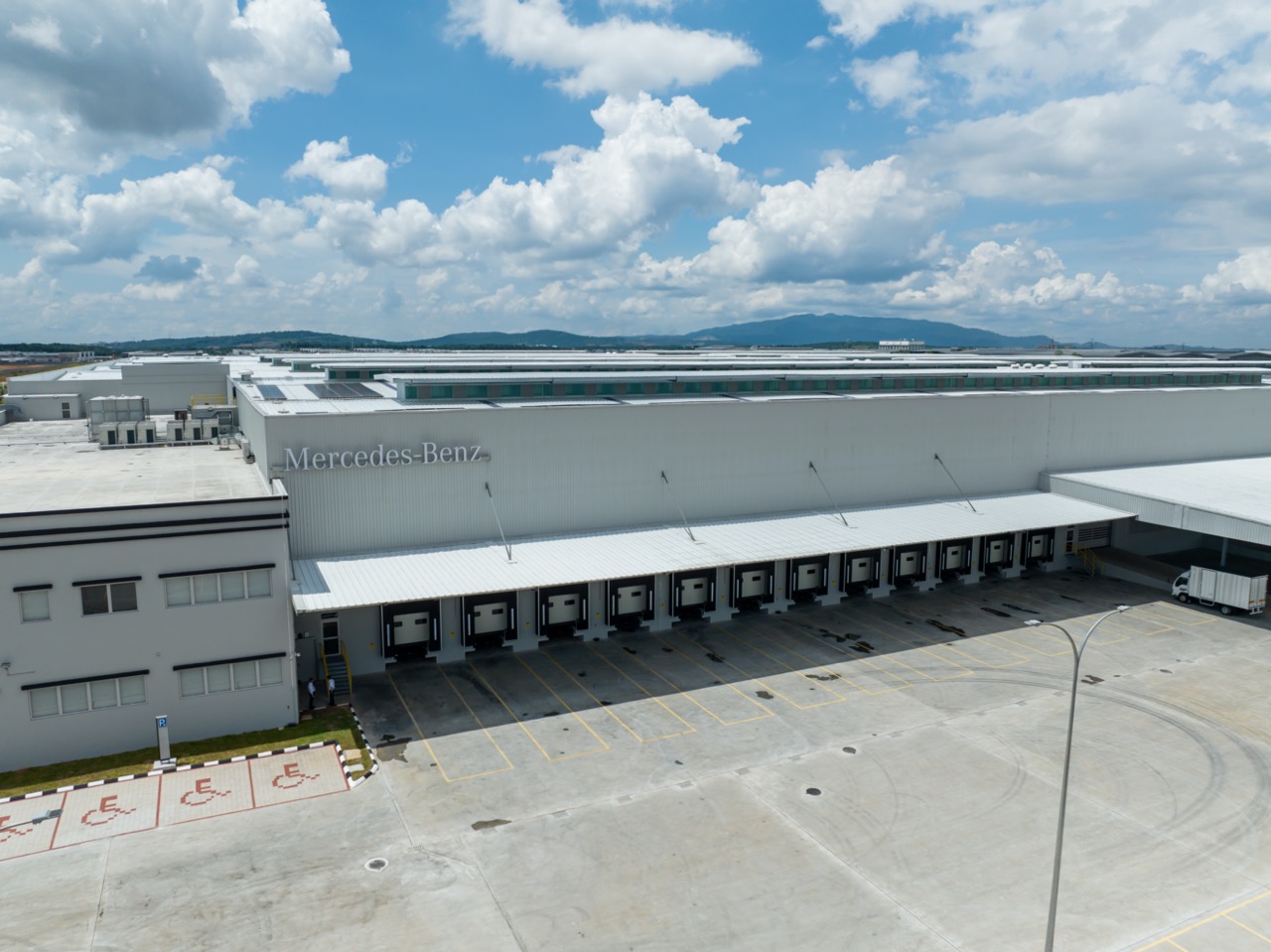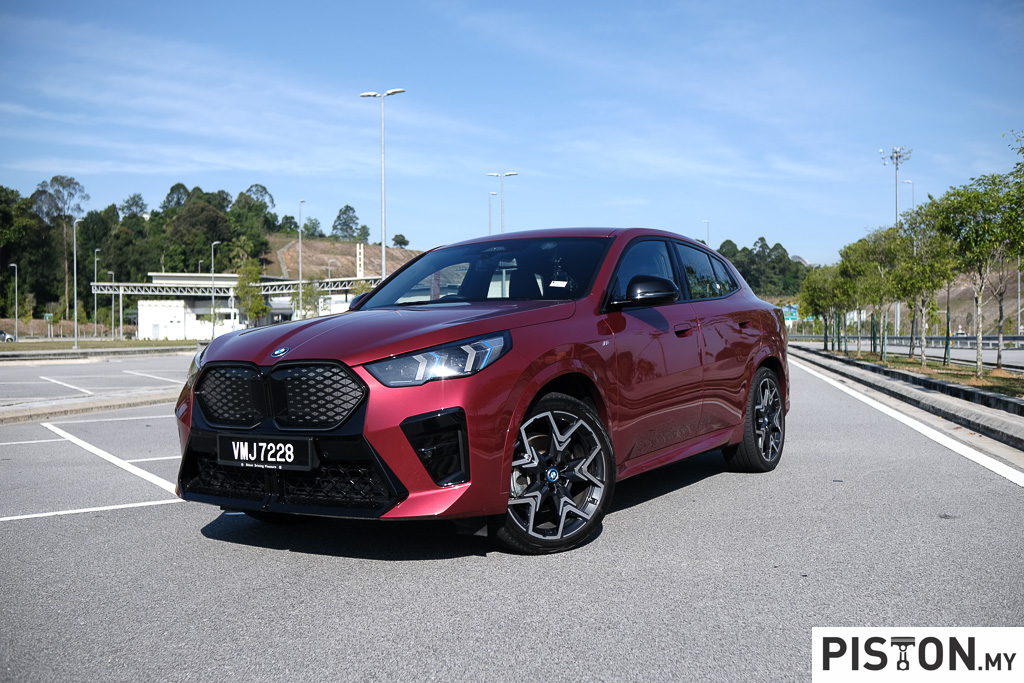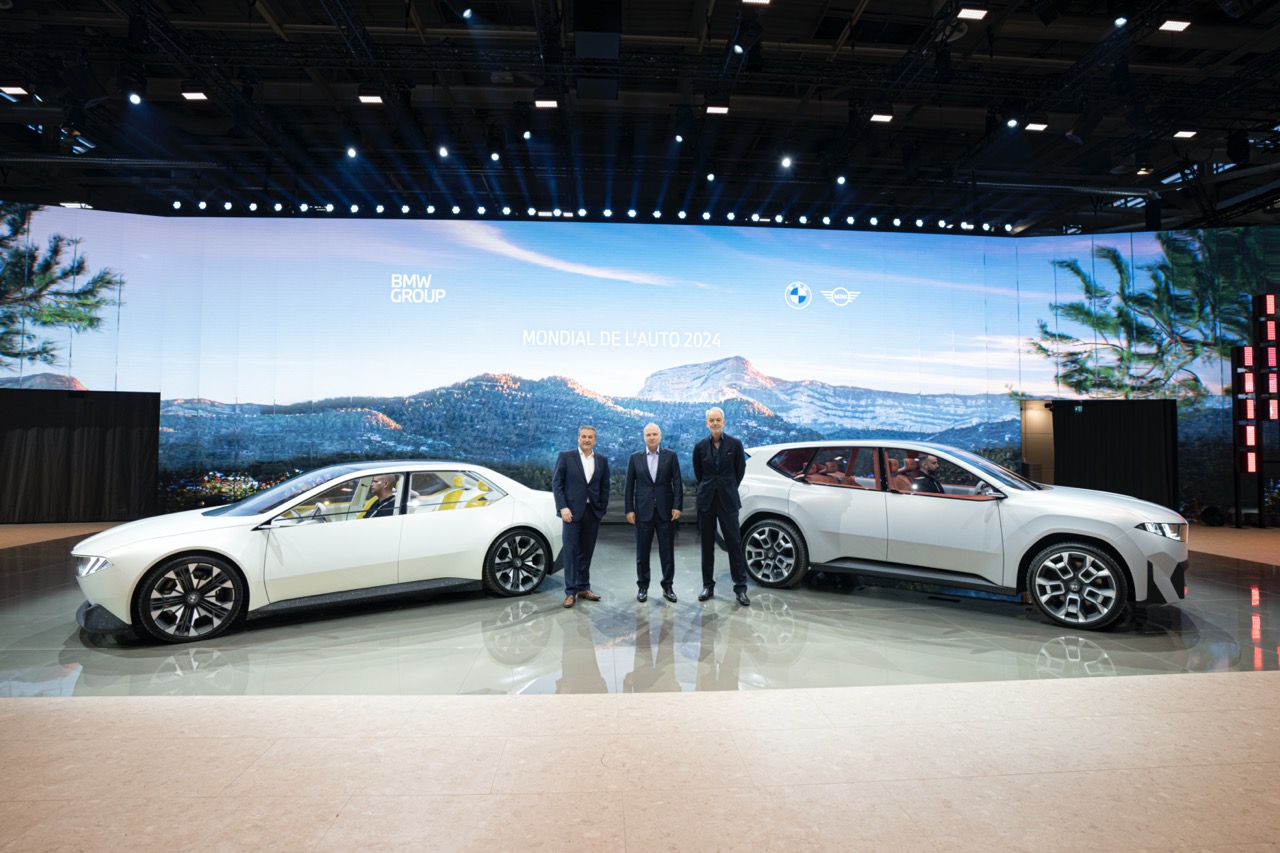These days, it seems that the fully electric Porsche Taycan is setting a new record every few months. Many are speed-related and demonstrate the performance that would be expected of a Porsche. Recently, a Taycan Cross Turismo set another new record which has gone into the the Guinness World Record book and it’s one which sets a new benchmark.
The Taycan Cross Turismo, on its journey, made the greatest altitude change ever achieved by an electric car – 4,842.967 metres – going from inside a mine to the top of the famous Pikes Peak that is at the end of an annual hillclimb event.
A ‘what if?’ project
The sportscar was driven by a J.F. Musial and his team who are usually behind the camera, creating automotive films and TV shows. Motivated by curiosity, they decided to take the Porsche from the lowest point they could access in America to one of the highest. Their journey covered more than 2,250 kms between the two points.
“It started as a ‘what if?’ – a passion project, mixing our love for cars and travel and taking it to extremes,” explained Musial. “We wanted to drive from the lowest point in America to one of the highest, Pikes Peak – where we’ve spent countless hours filming the famous hillclimb. The project relied on a lot of goodwill, and a car that’s pretty much unique in its mix of abilities.”
Going deep underground
The lowest point in America is Badwater Basin in Death Valley -t 86 metres below sea level. To go any deeper, you have to go underground. And so the team did exactly that, with the cooperation of Eagle Mine in the state of Michigan. The nickel and copper mine is the only mine in America where a car can be driven to sufficient depths, down a ramp usually used by specialist mining vehicles.
Due to the Taycan Cross Turismo being a pure battery electric vehicle (BEV) as well as being capable off-road with its raised ride height and all-wheel drive, it met Eagle Mine’s criteria for being allowed to drive through the portal and into the tunnel itself and down to 540.8 metres below sea level.
The Taycan Cross Turismo was an ideal choice as it is one of very few cars in the world with the right mix of capabilities to be able to attempt the trip. It needed no modification and even used completely standard road tyres.
“It was fitting to have the Porsche Taycan drive to the bottom of our nickel and copper mine, as both elements are essential to electric vehicles. After numerous risk assessments, safety discussions, and detailed planning, our mine team was up to the challenge. We are proud to have worked with Porsche to safely execute and complete a new world record,” said Darby Stacey, Managing Director of Eagle Mine.
Climbing almost 5 kms vertically
With their precise depth measured and verified by specialist surveyors, the team emerged from the mine just after dawn and began their journey to Pikes Peak in the state of Colorado. The journey was among the most demanding the car and team had ever experienced. It would take them across 6 states, and would ascend 4,842.967 metres – without ever leaving the ground.
The oxygen available to them at the start of the journey fell by 40% by the time they reached the top of the mountain. However, the electric powertrain – unlike a combustion engine – did not suffer from the effects of thinner air. Nevertheless, the varied conditions, including snow and ice, gave the Taycan Cross Turismo a strong challenge.
In total, 3 groups of drivers working in tandem took on the driving duties. They conducted the whole attempt by the book, with separate, sealed GPS devices monitoring their route and altitude throughout – along with an analogue altimeter and witness logs to satisfy the strict Guinness World Records requirements.
Fittingly it was Dai Yoshihara – class winner at the 2020 Pikes Peak International Hill Climb – behind the wheel for the final, record-breaking stage of the drive. The team of record-breakers had covered a total of nearly 5 kms straight up, and 2,274 kms along the ground, in 33 hours and 48 minutes.


